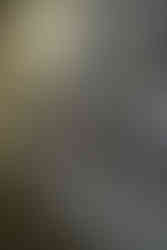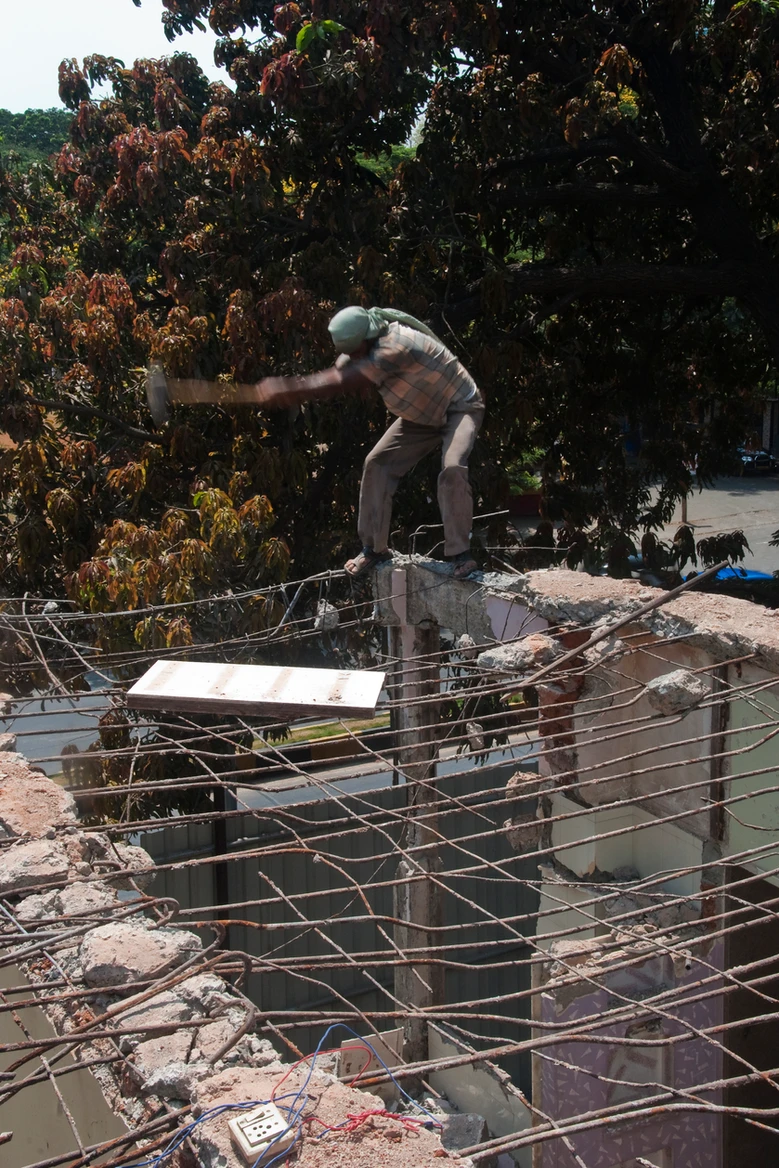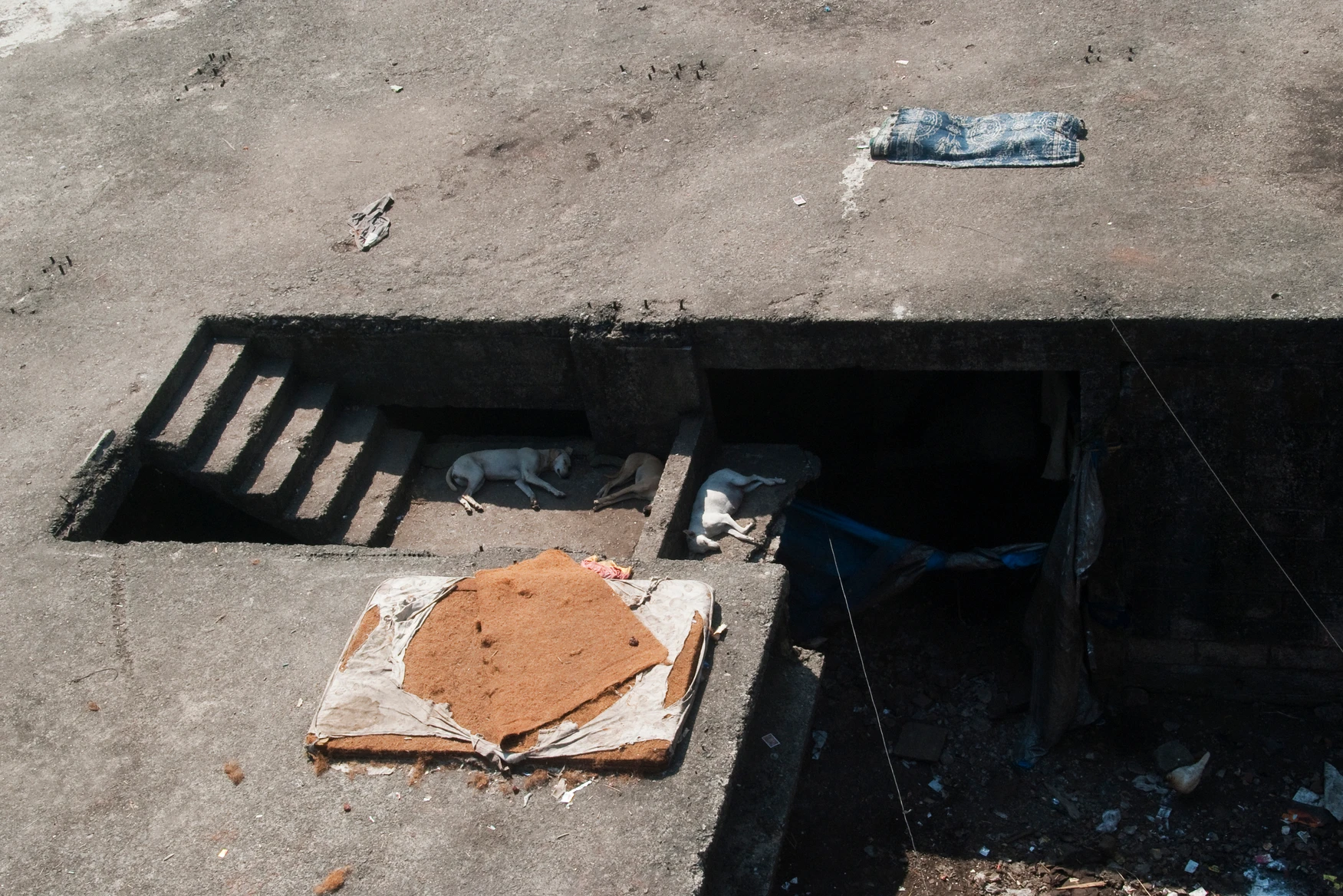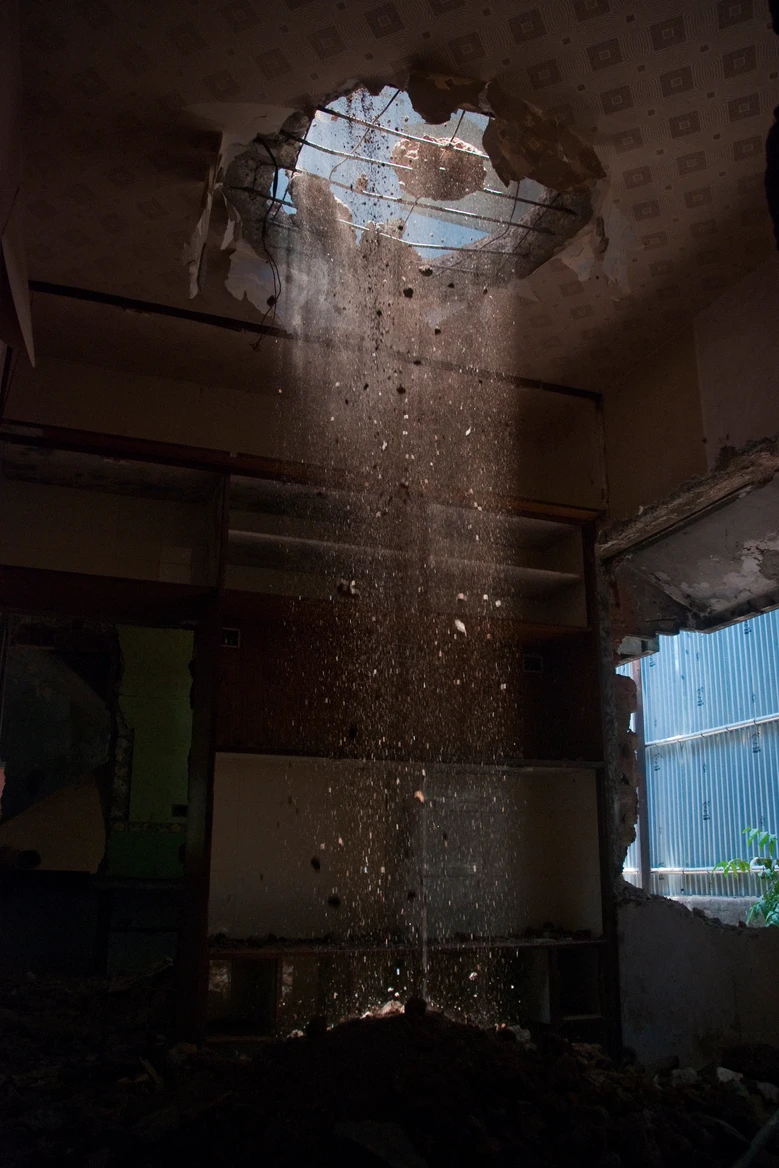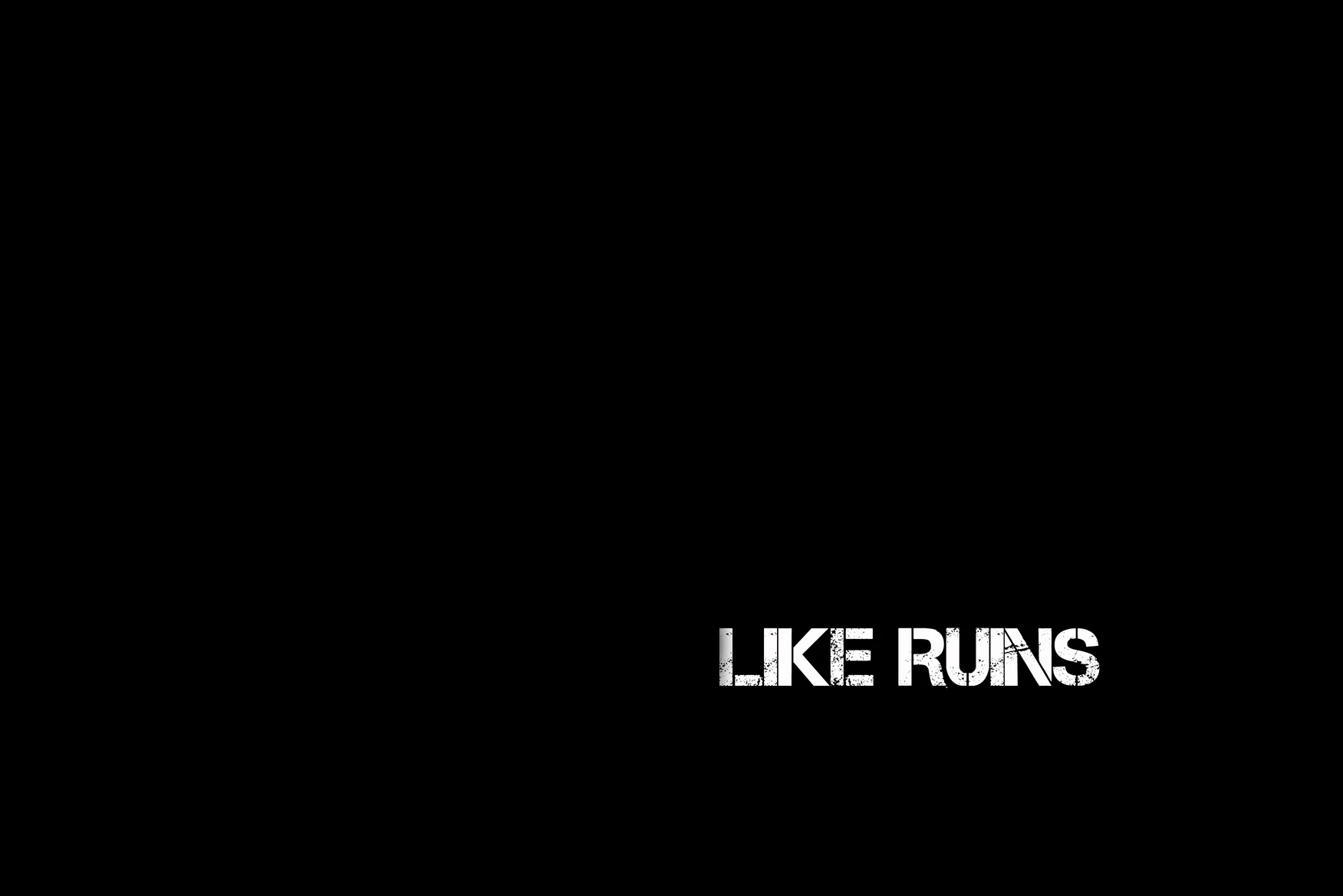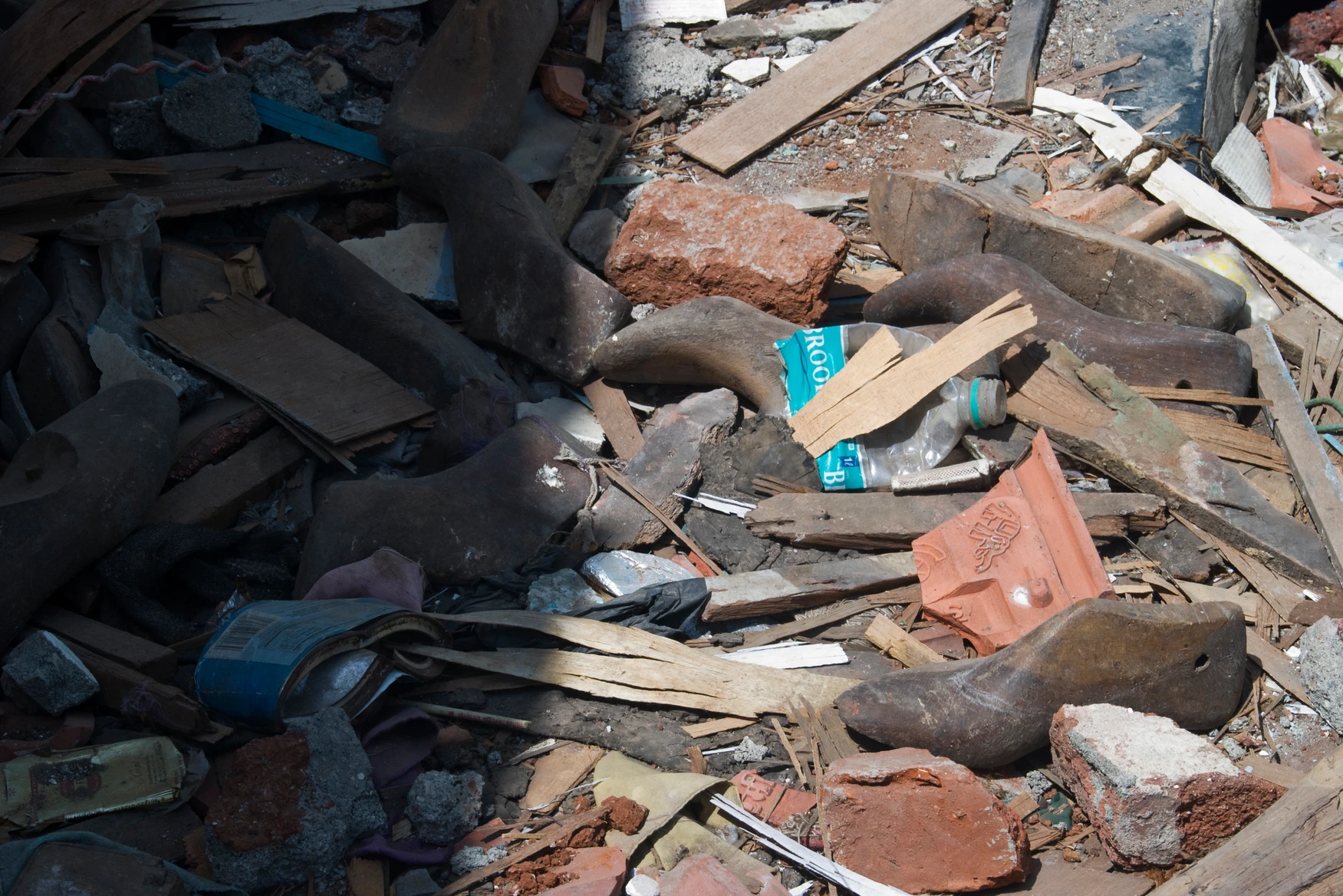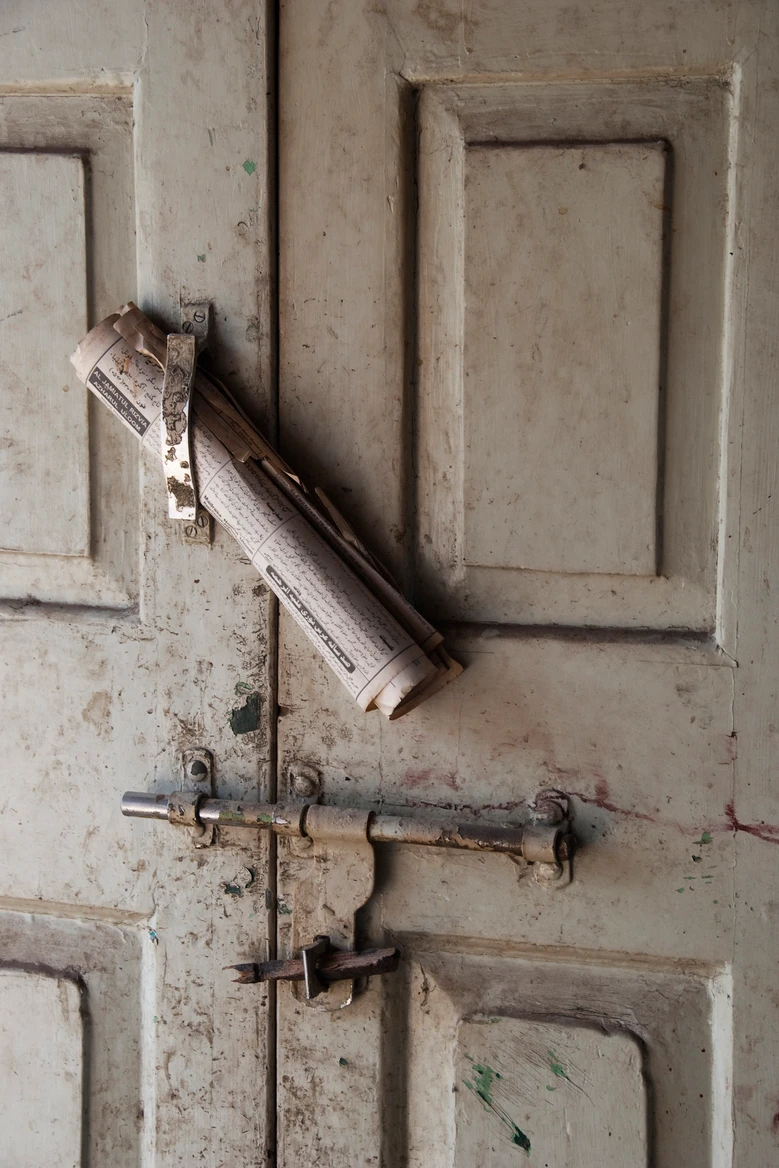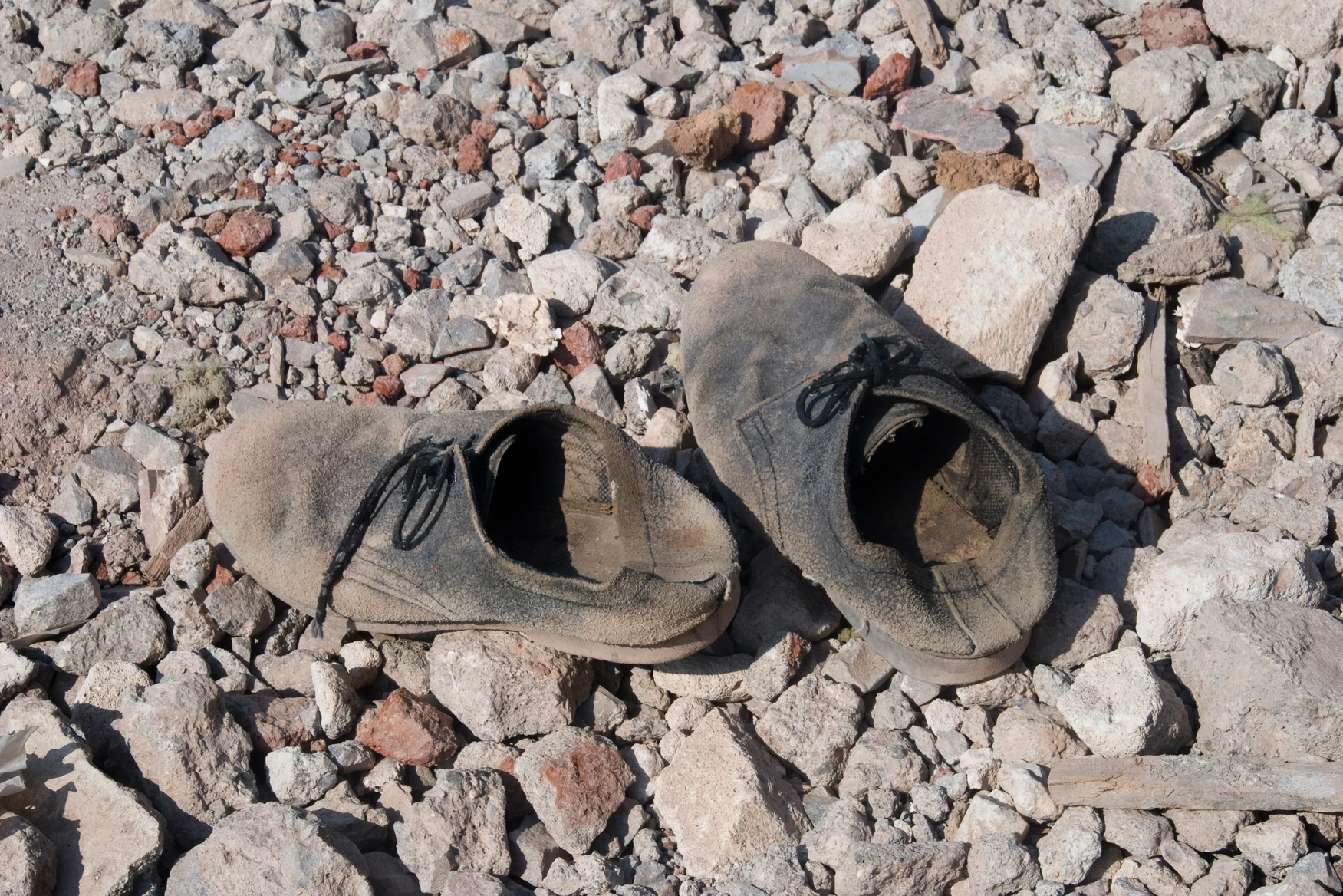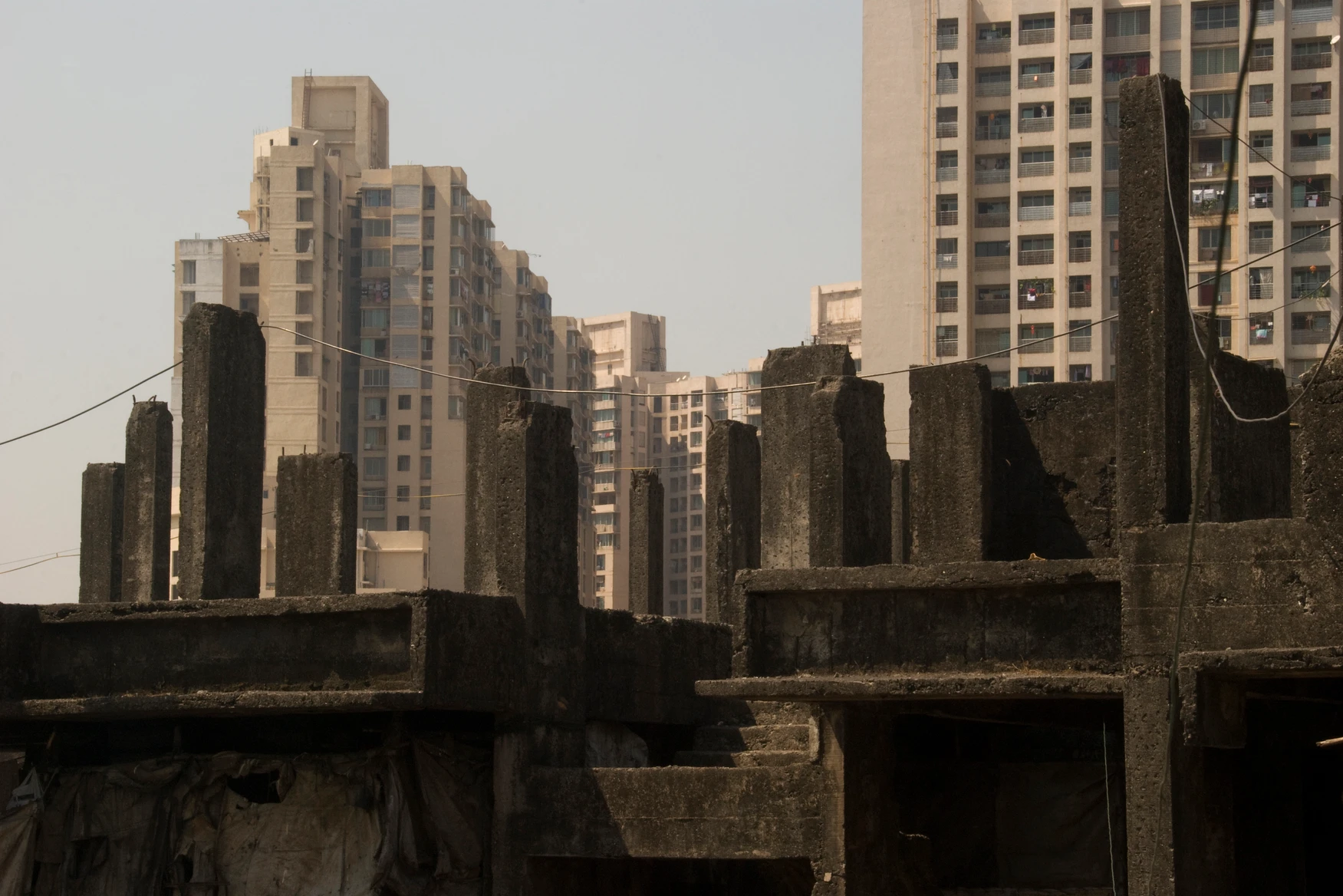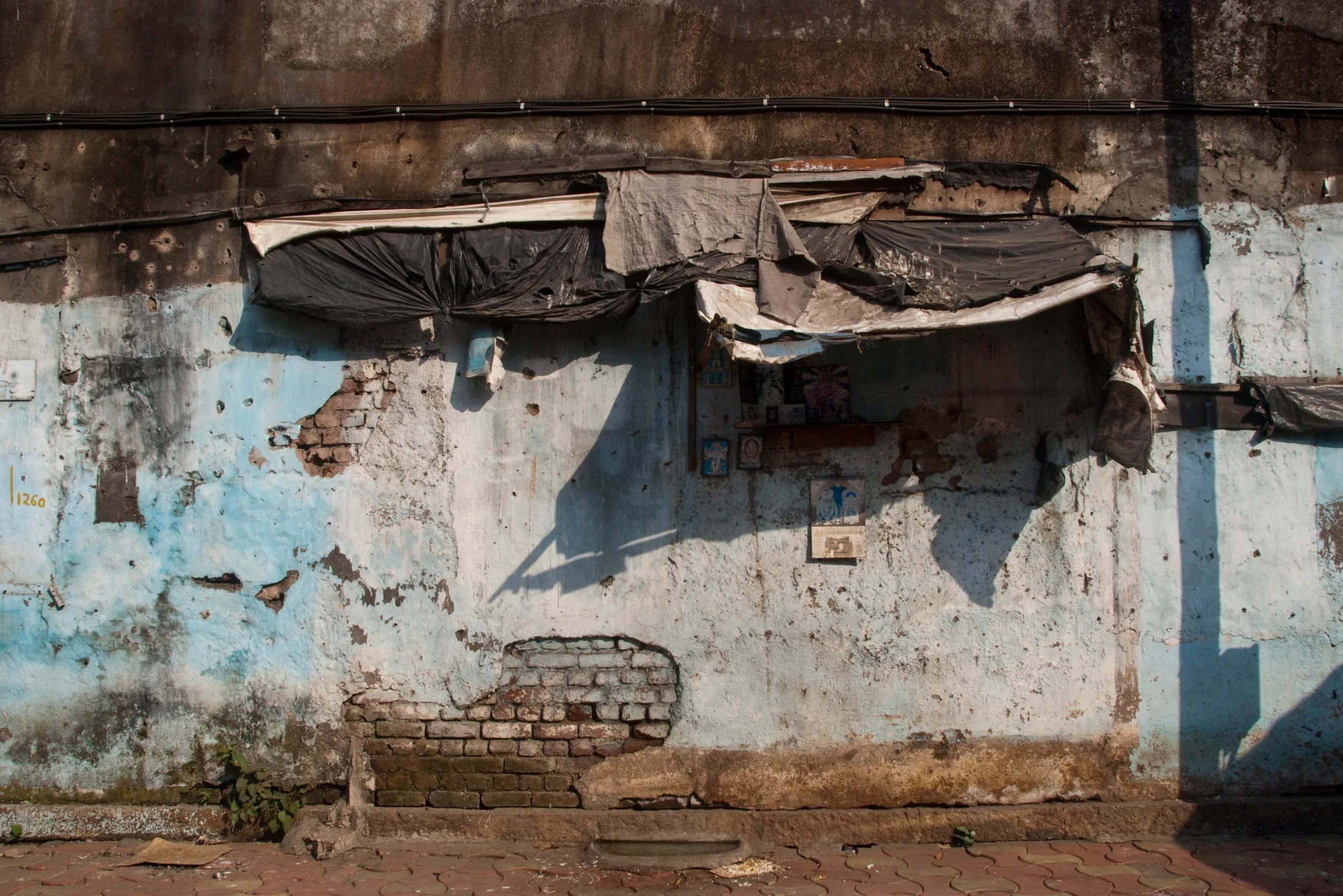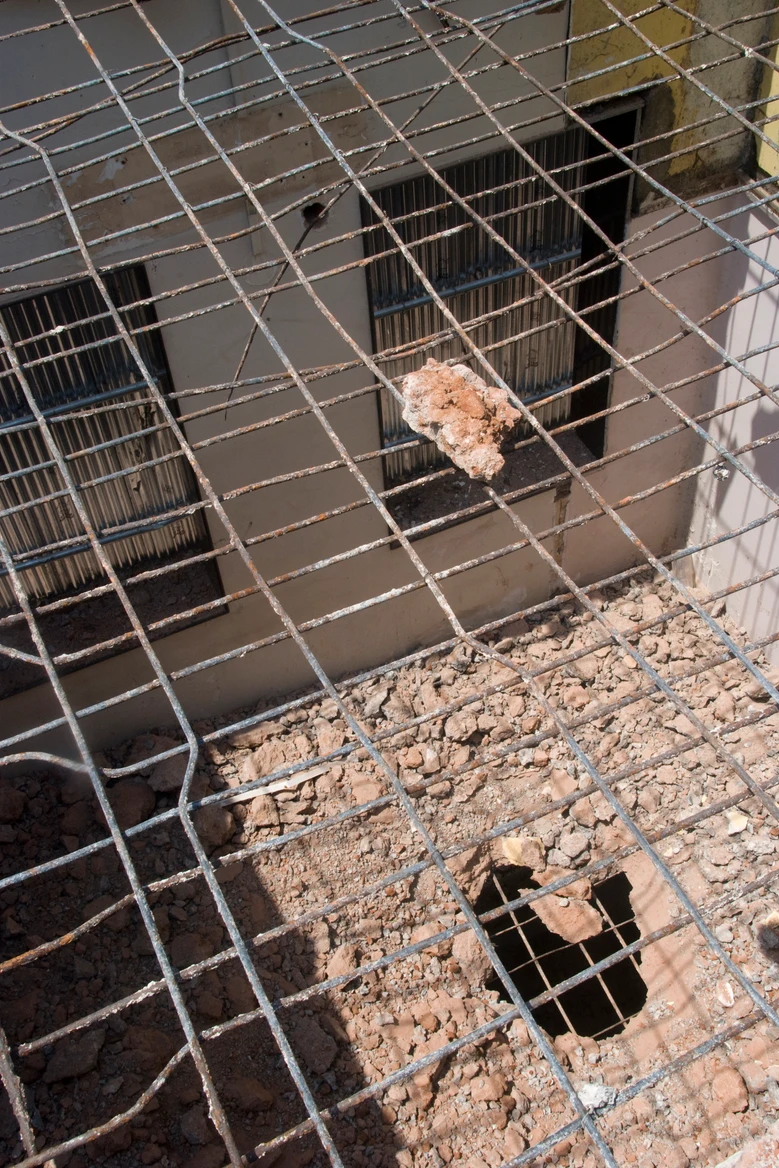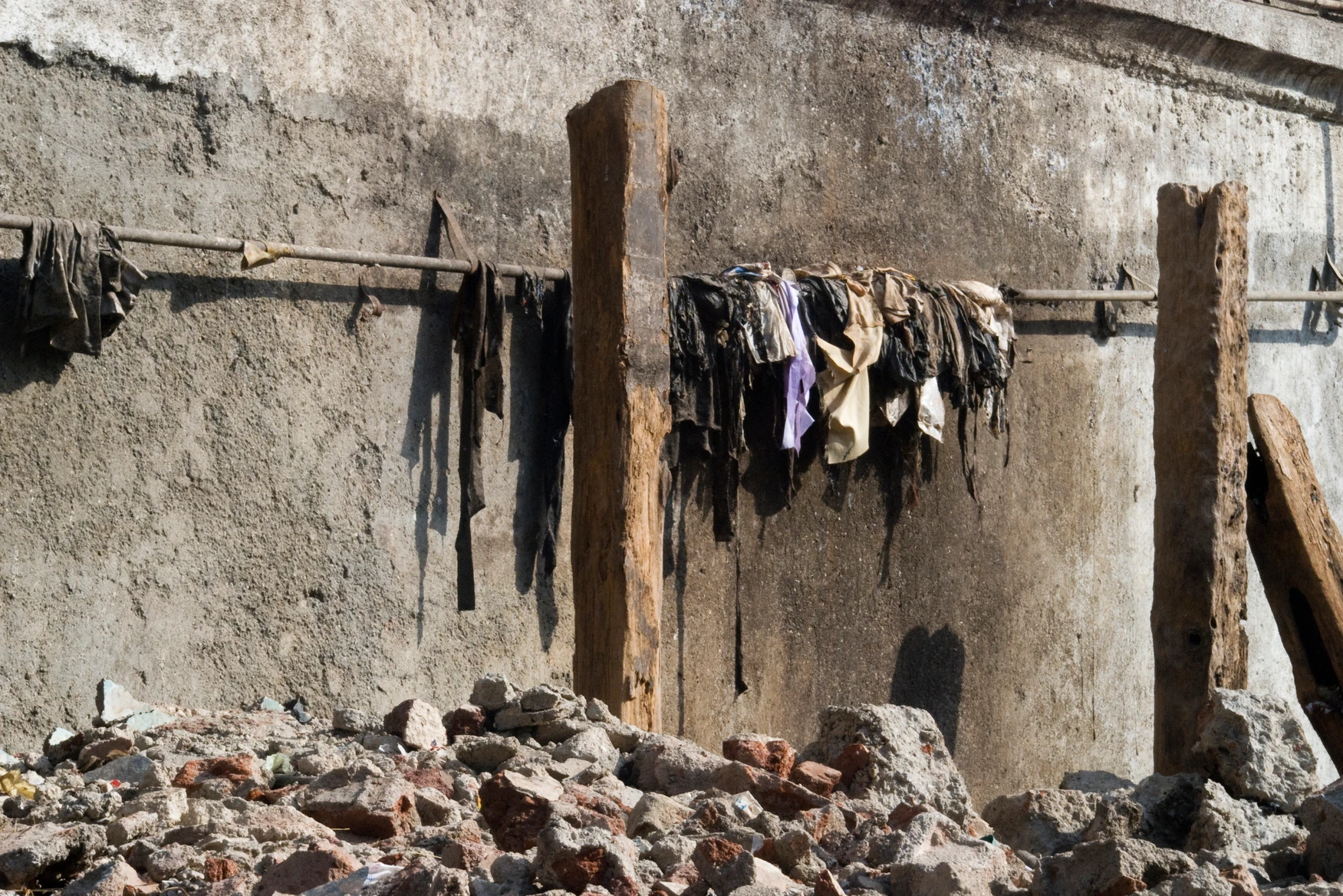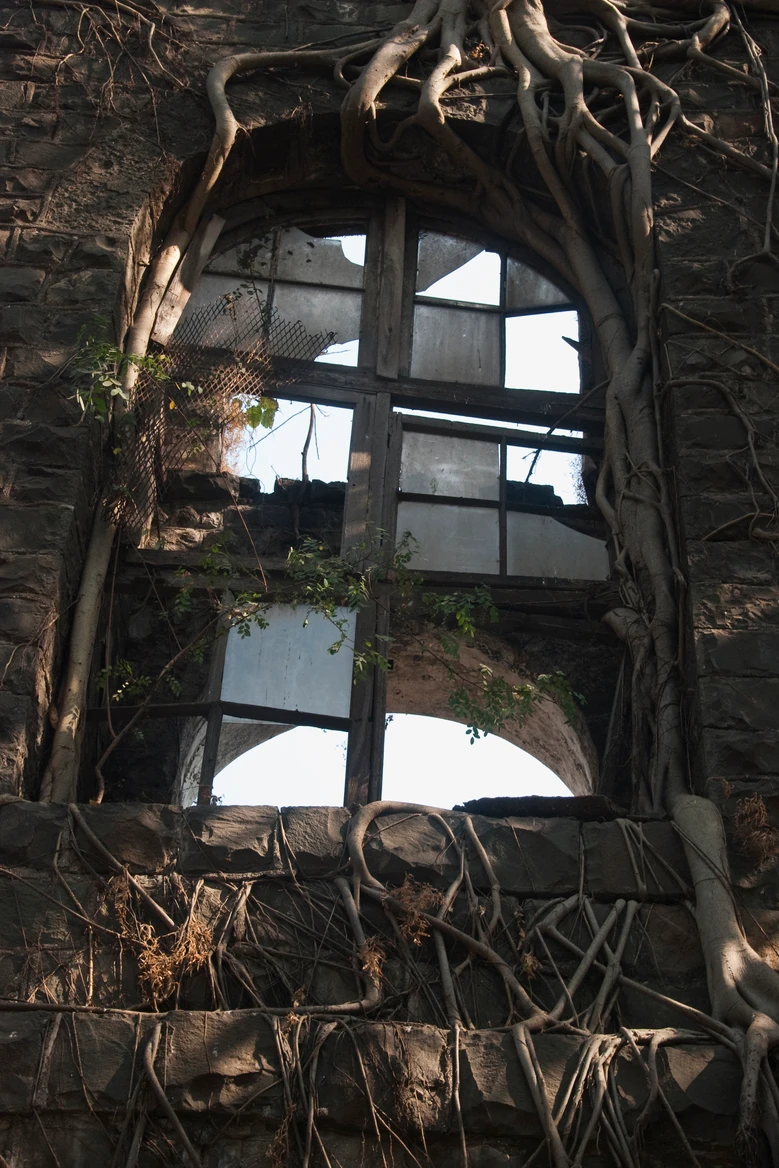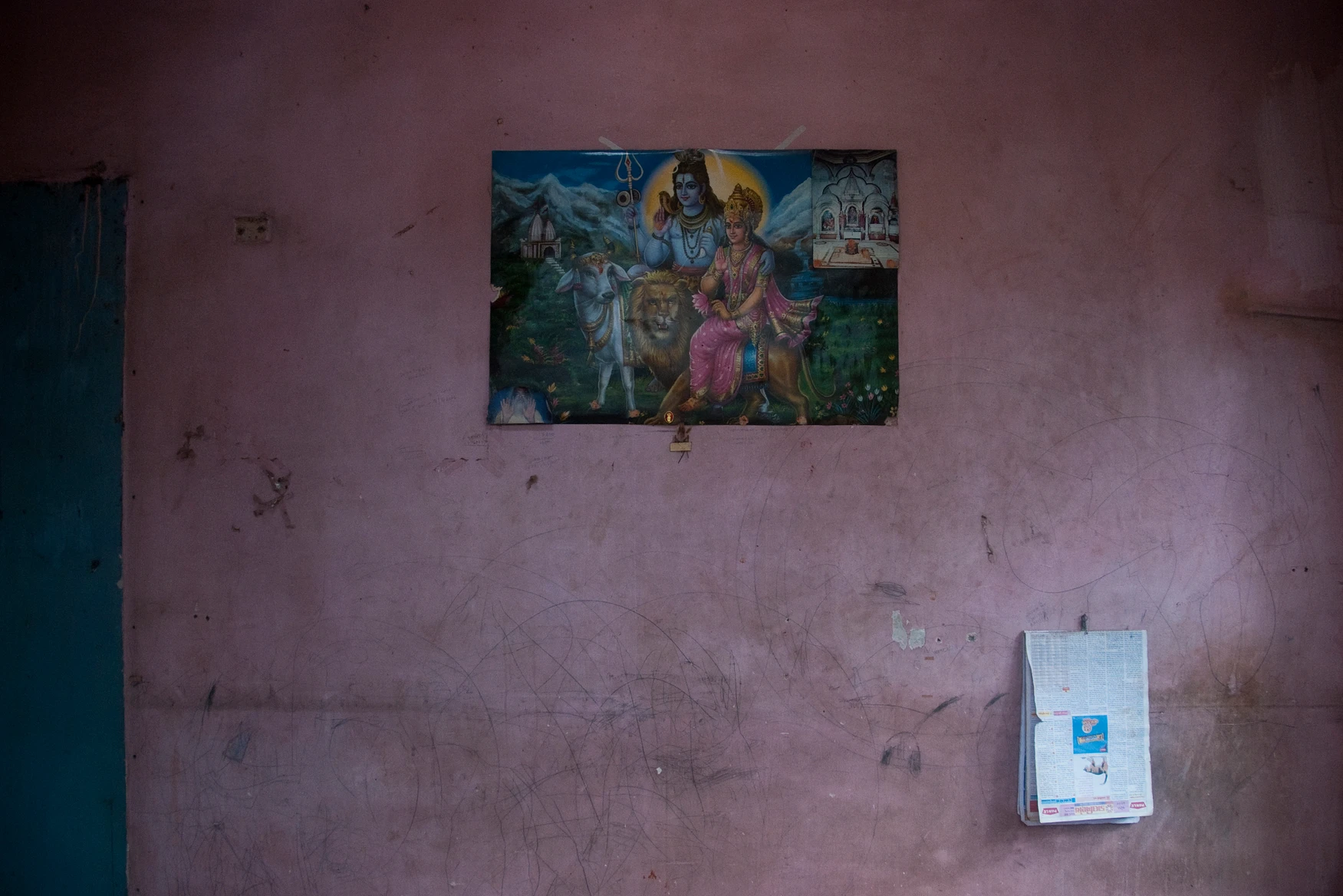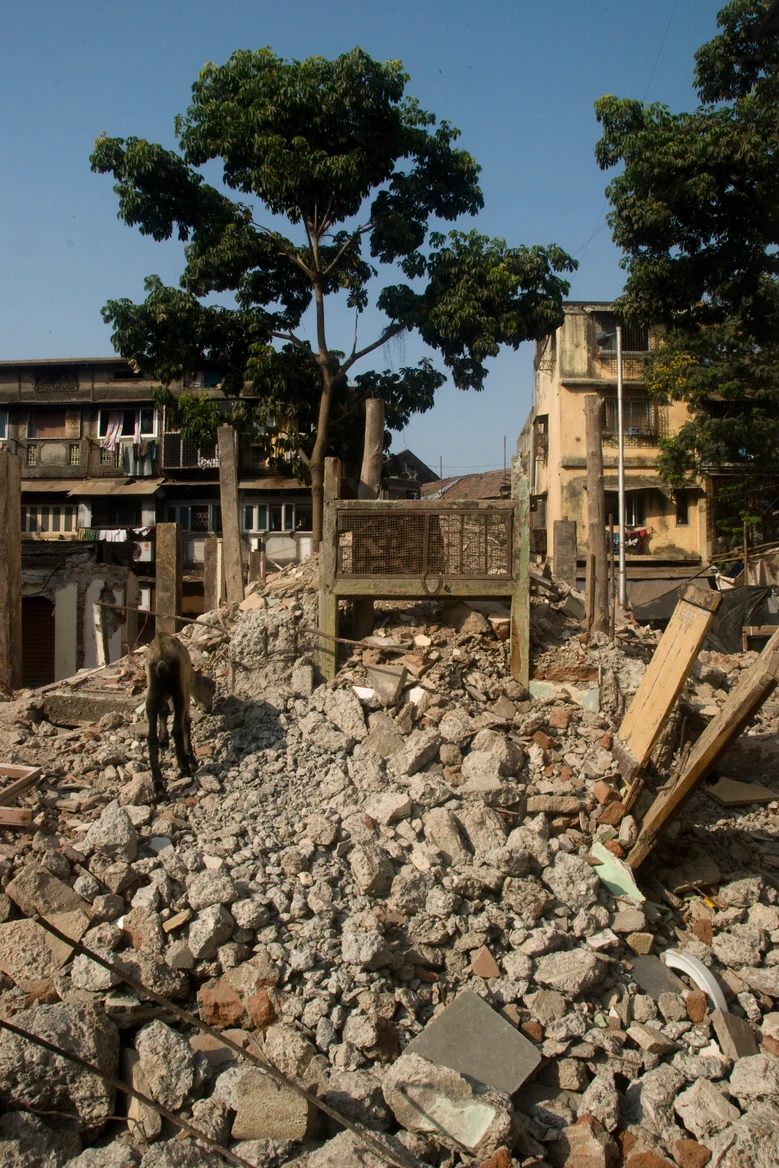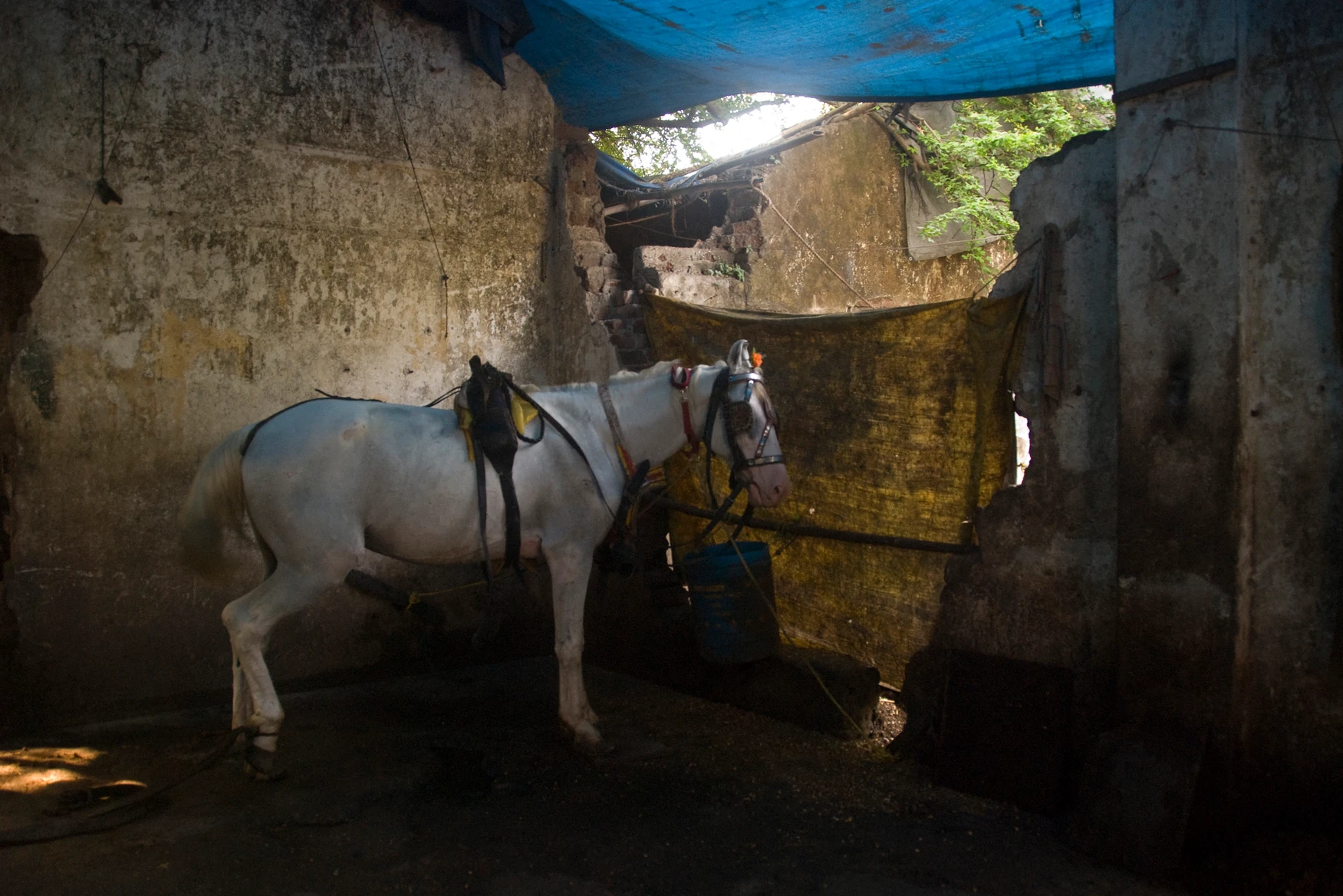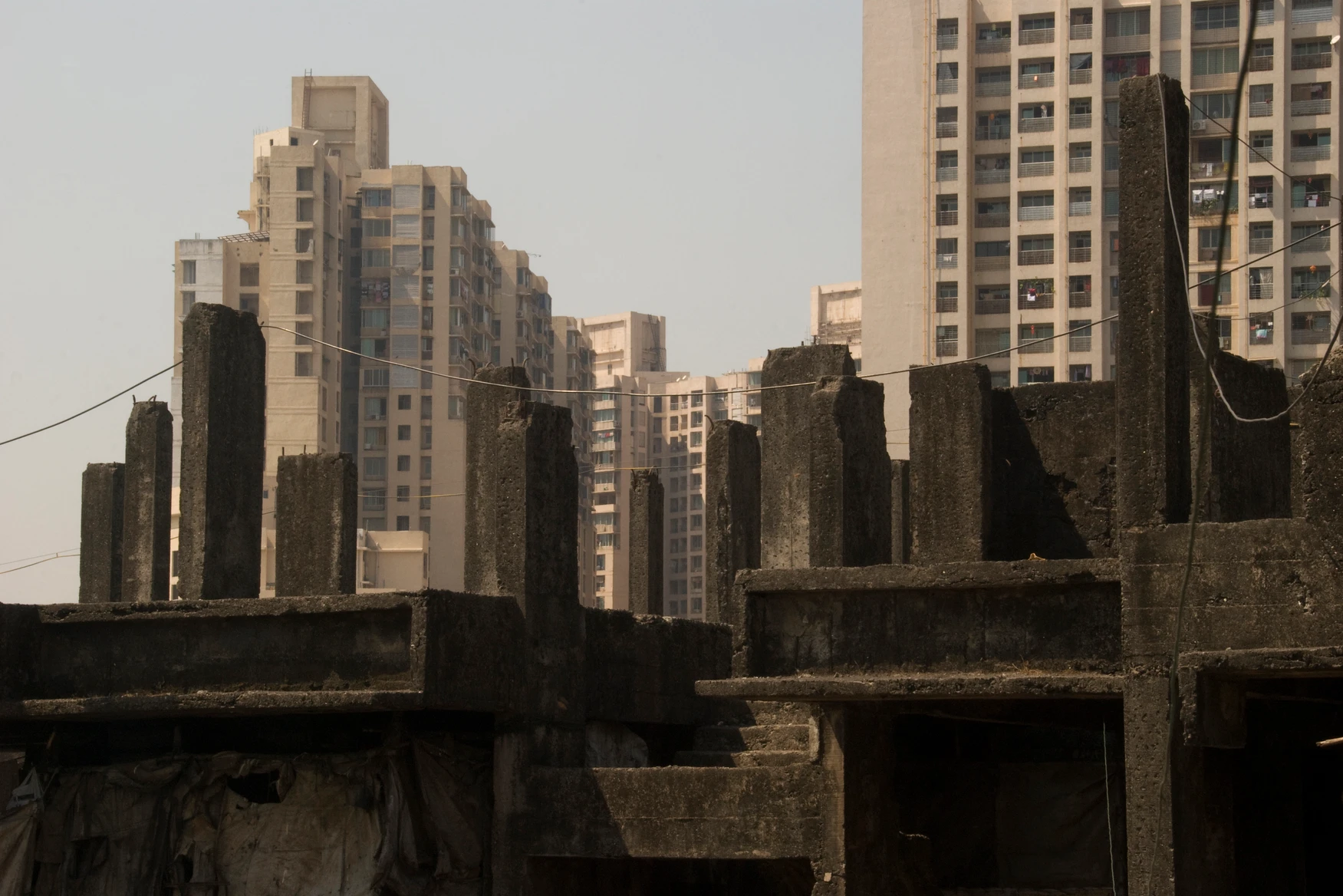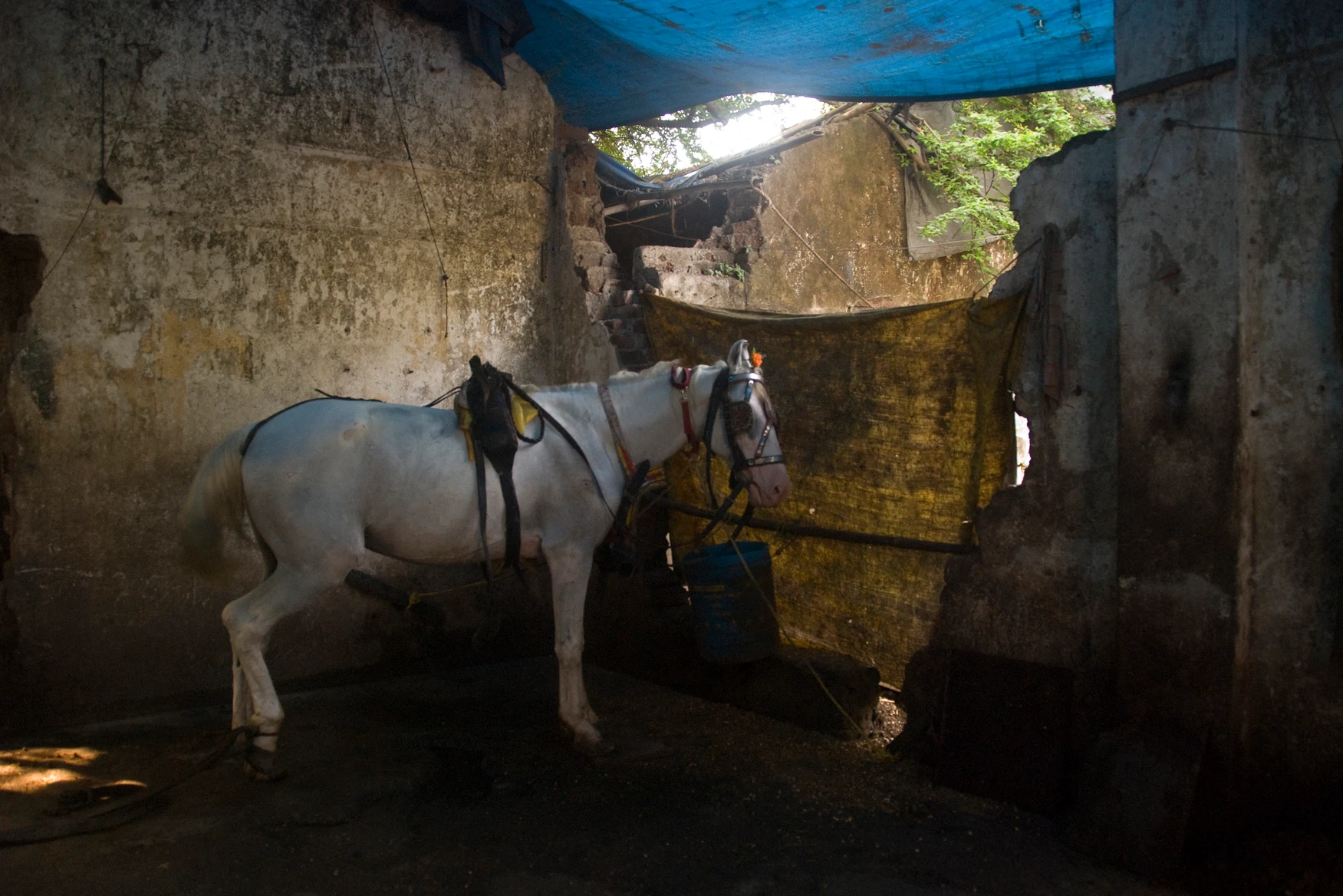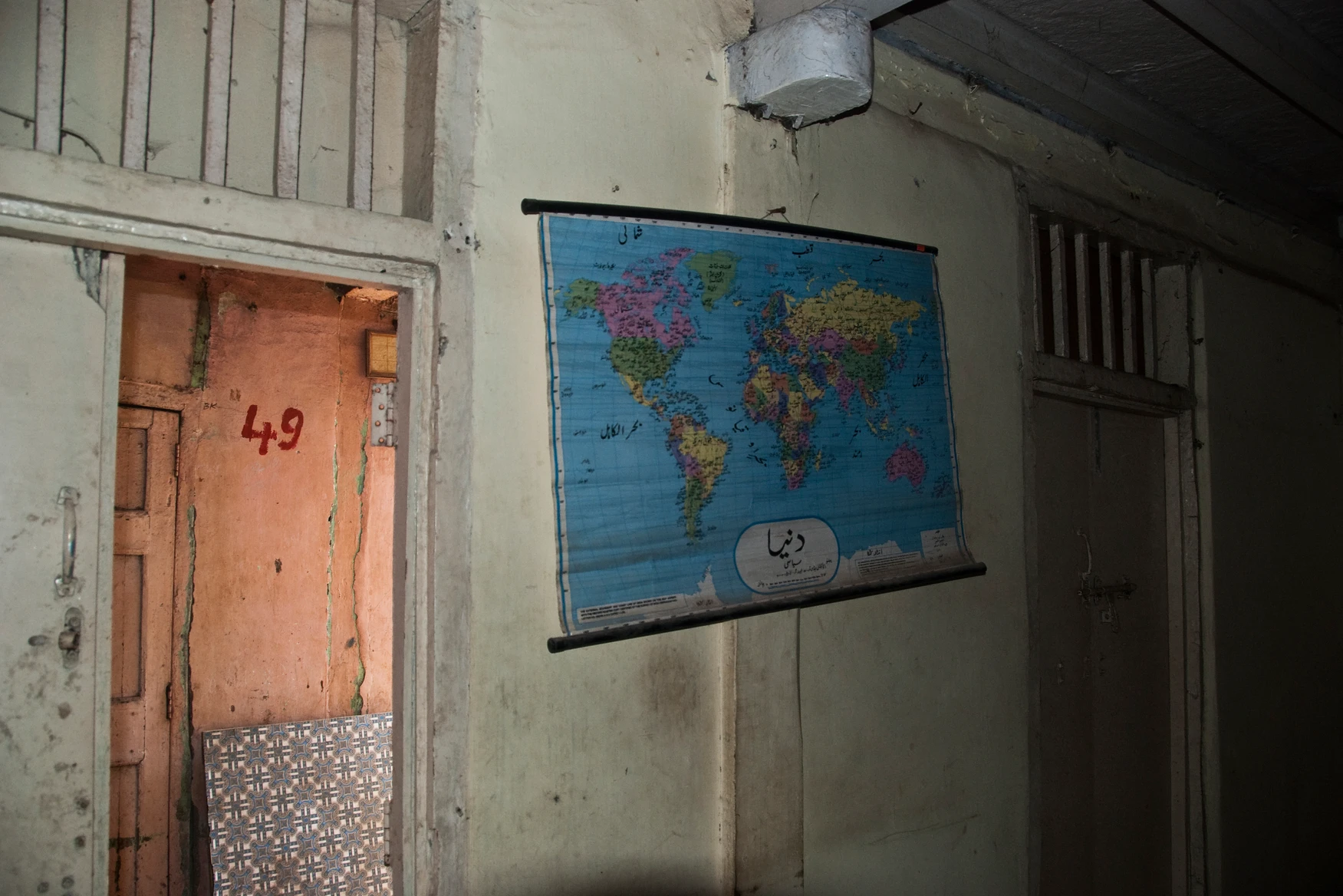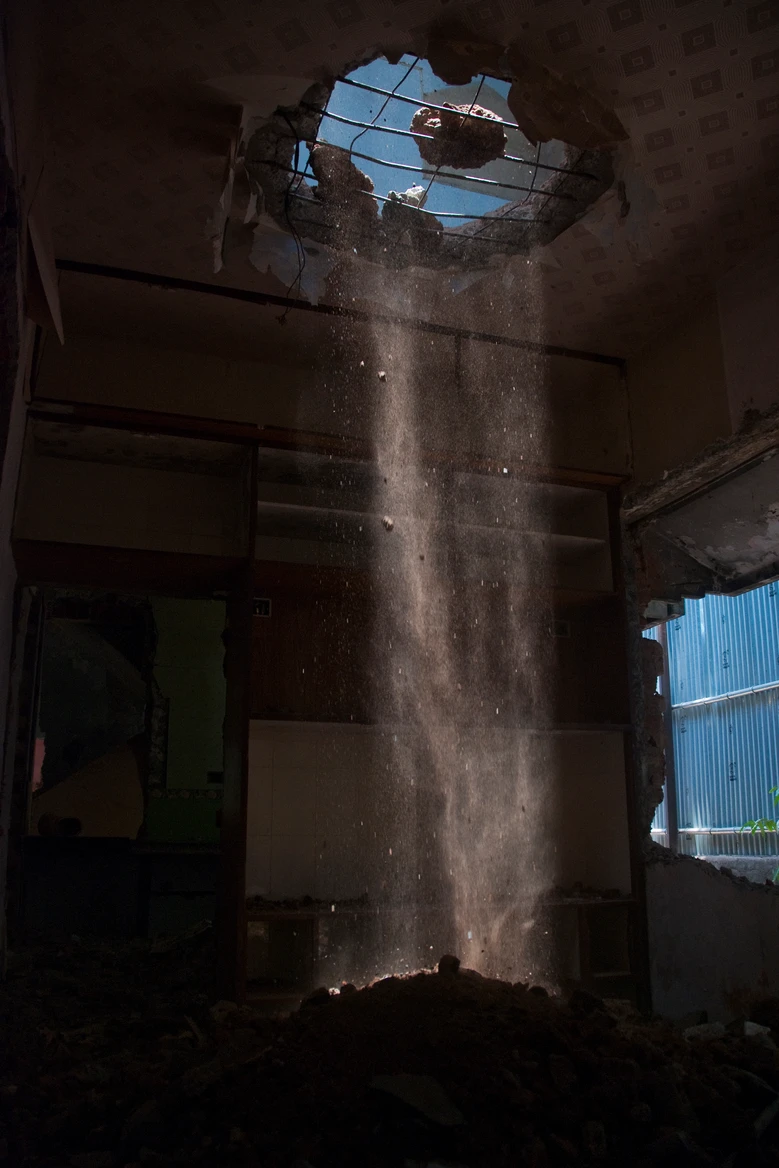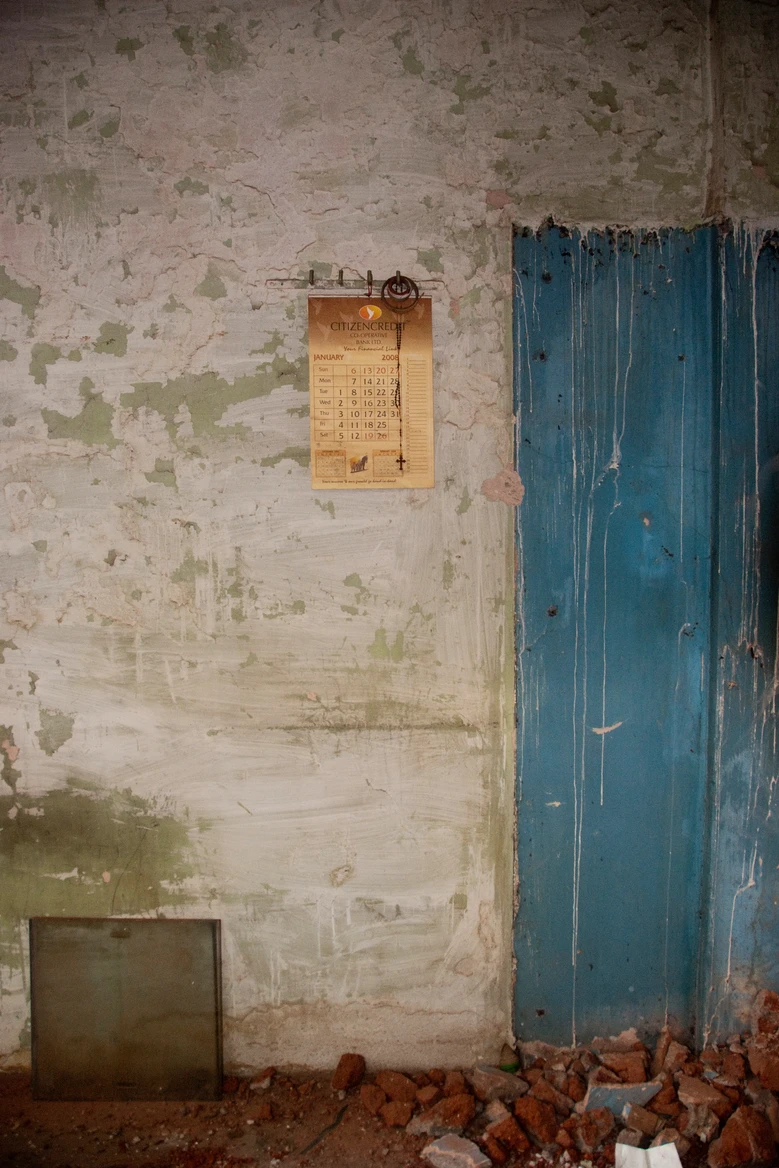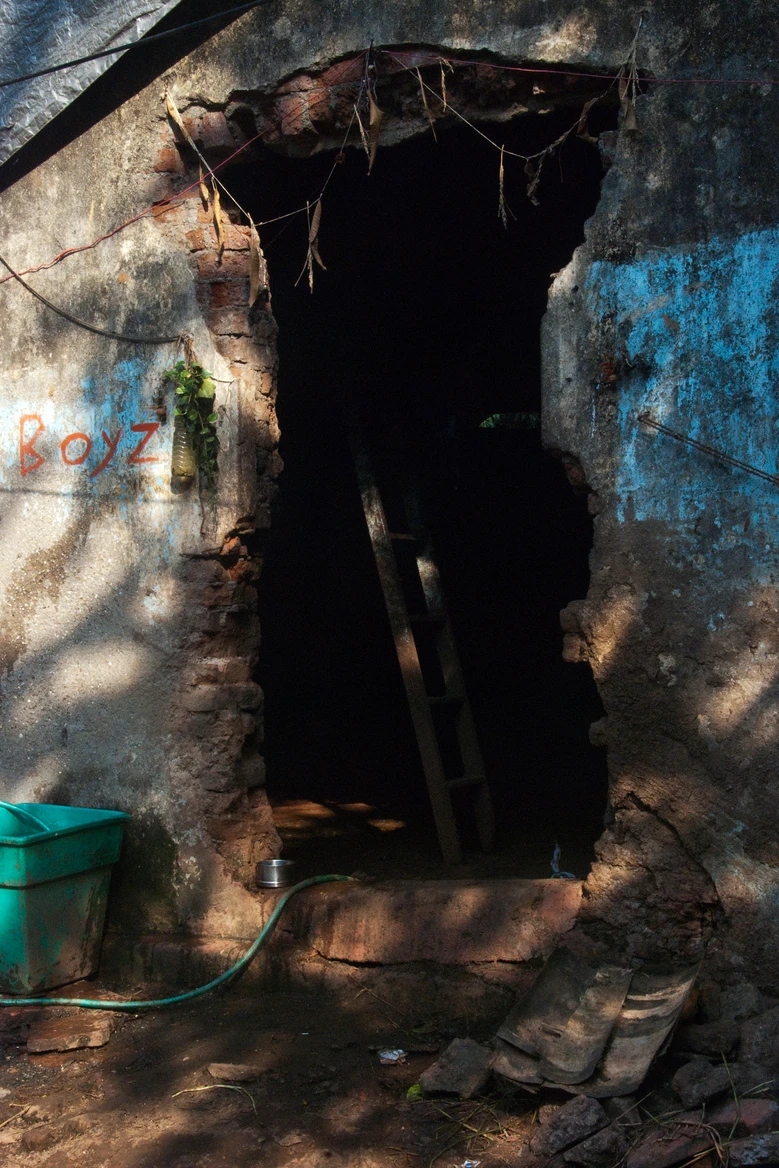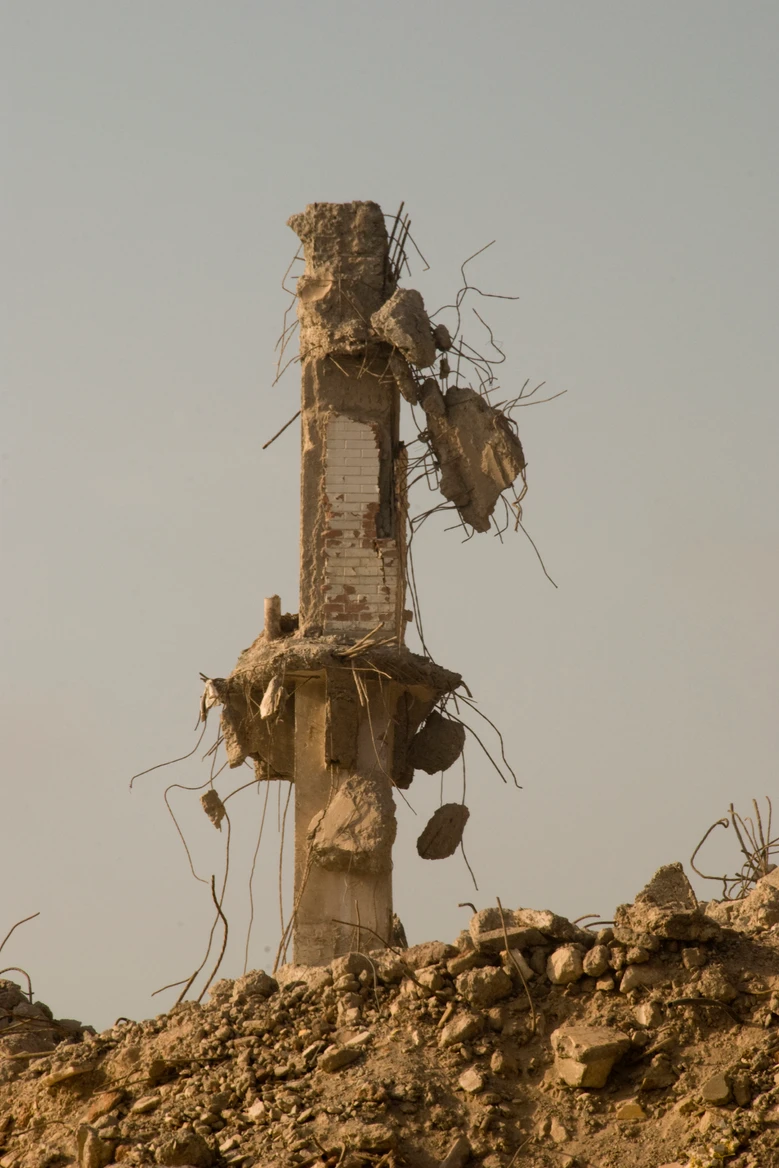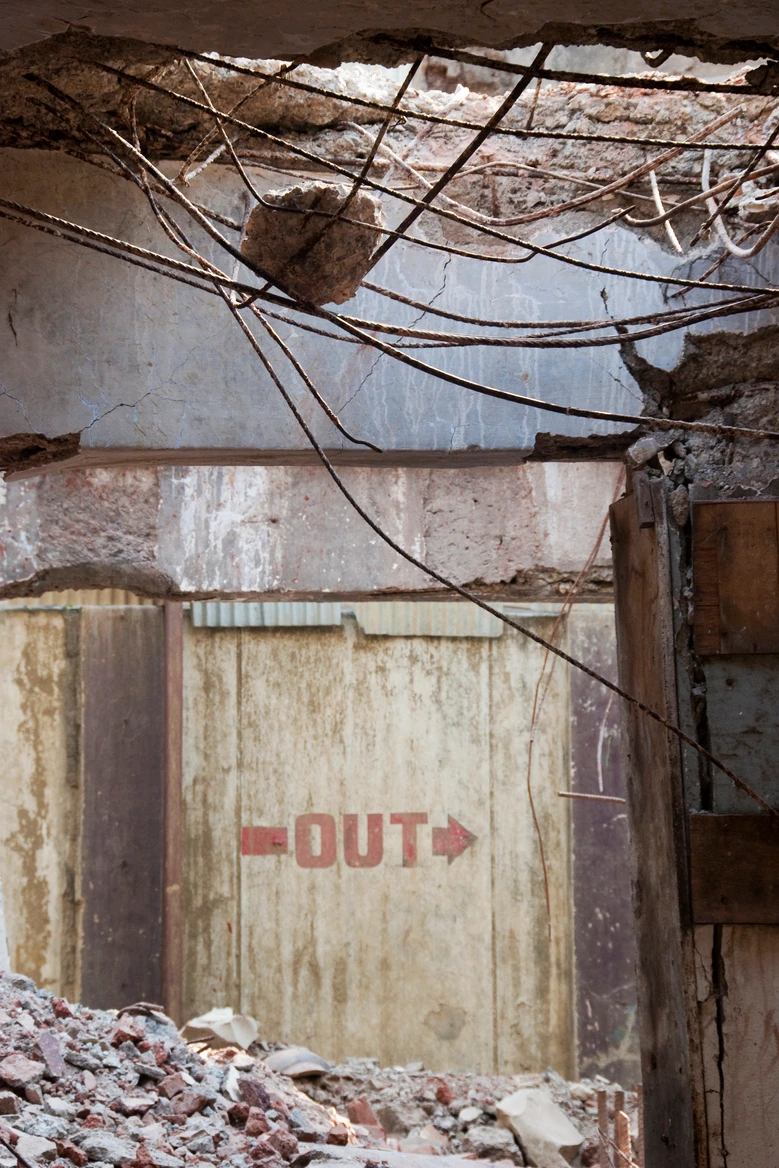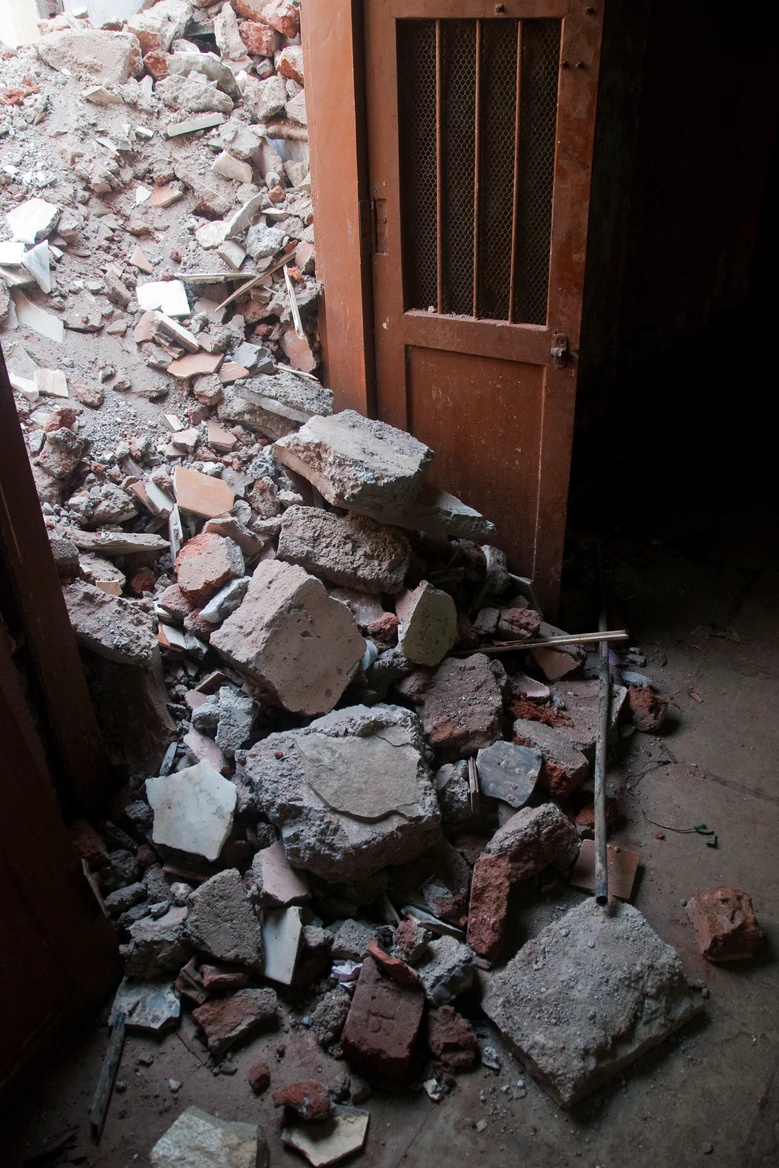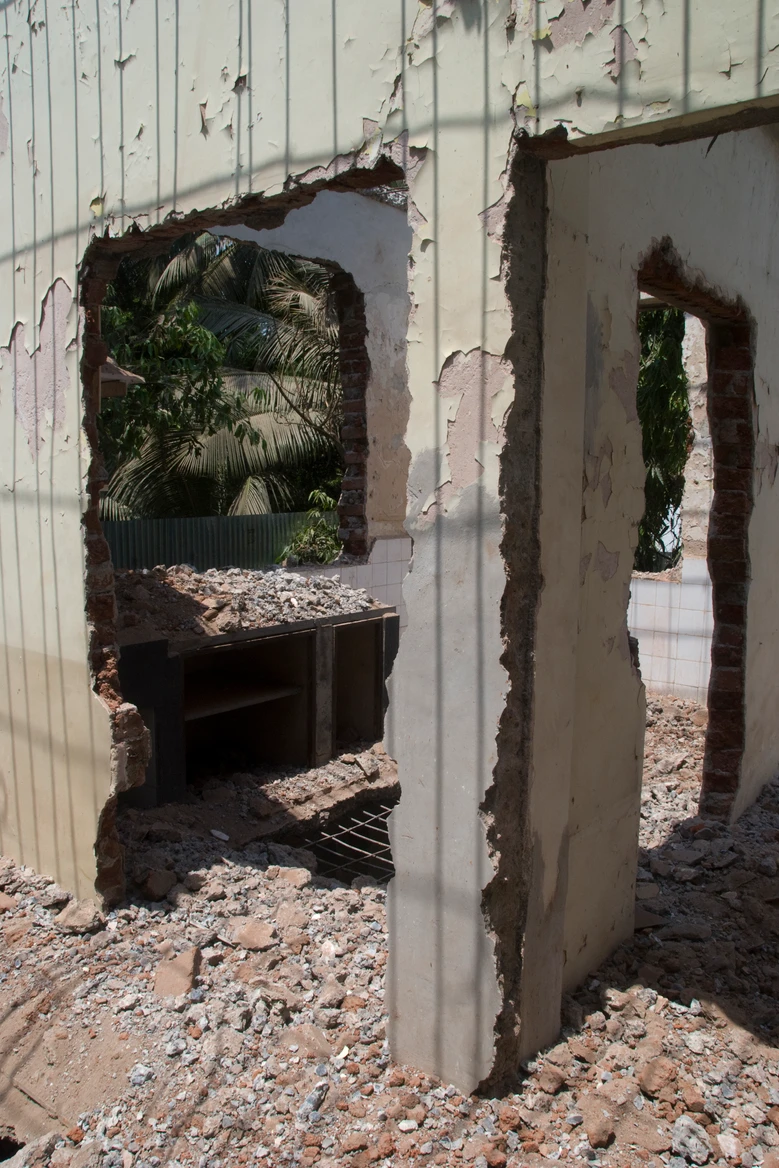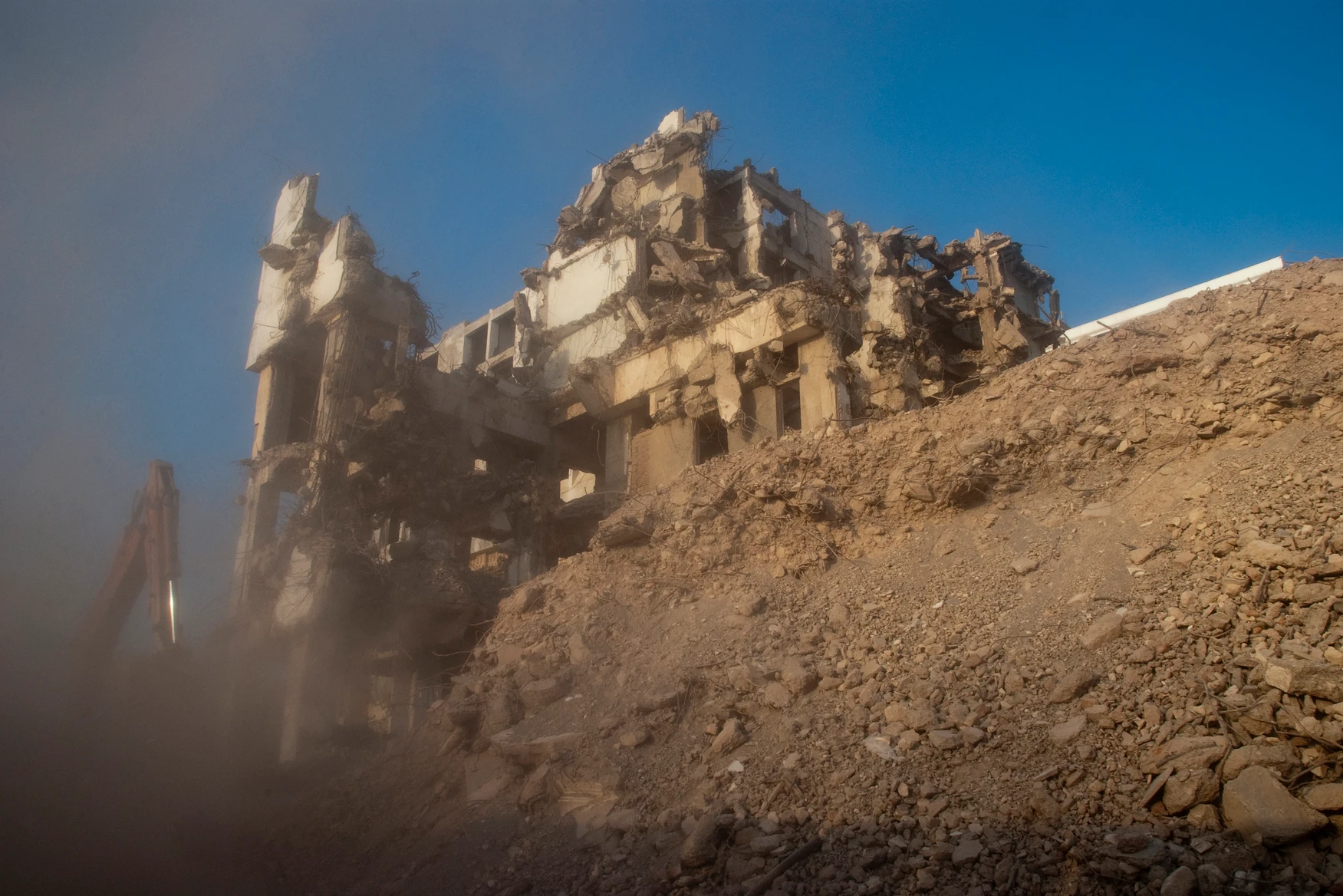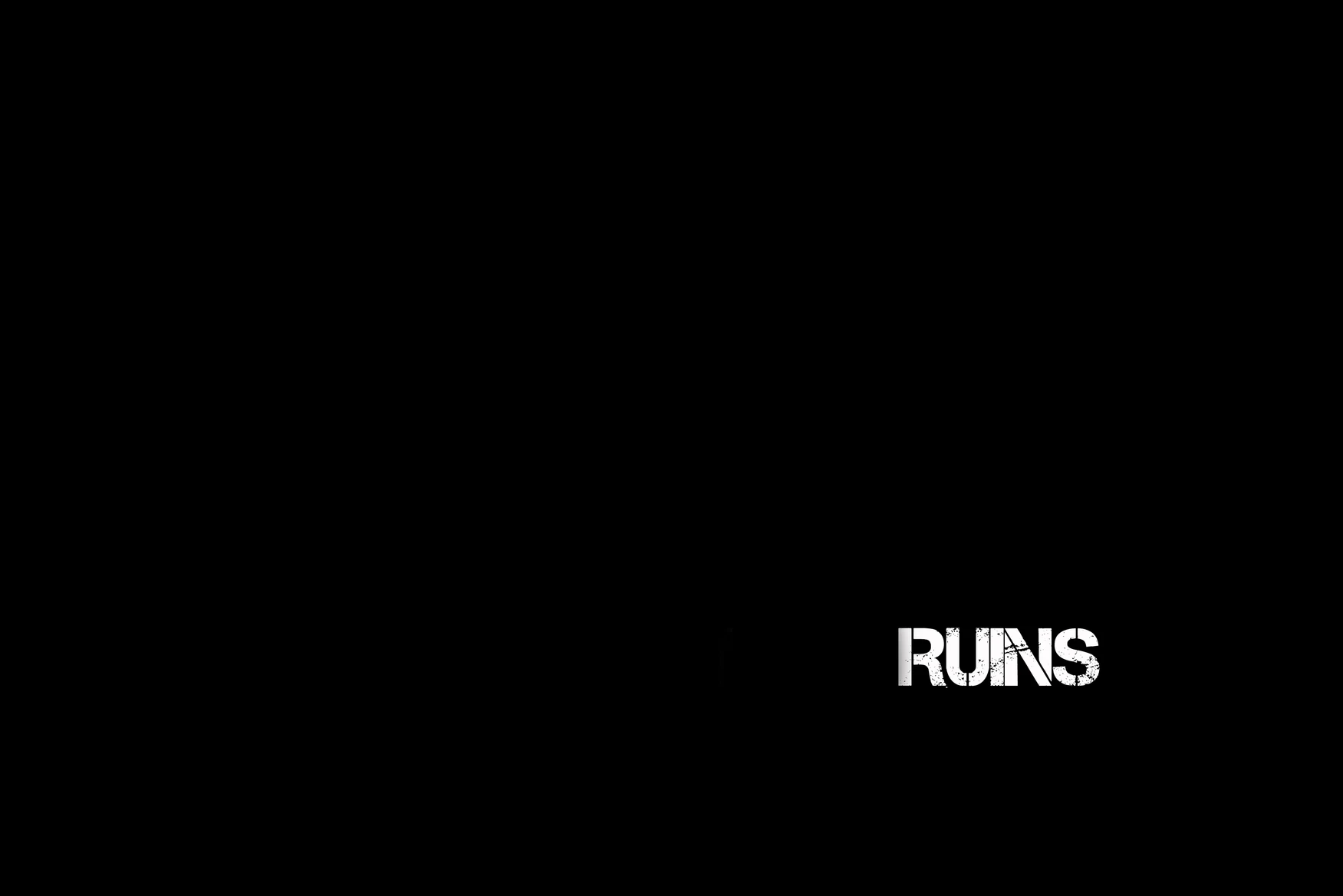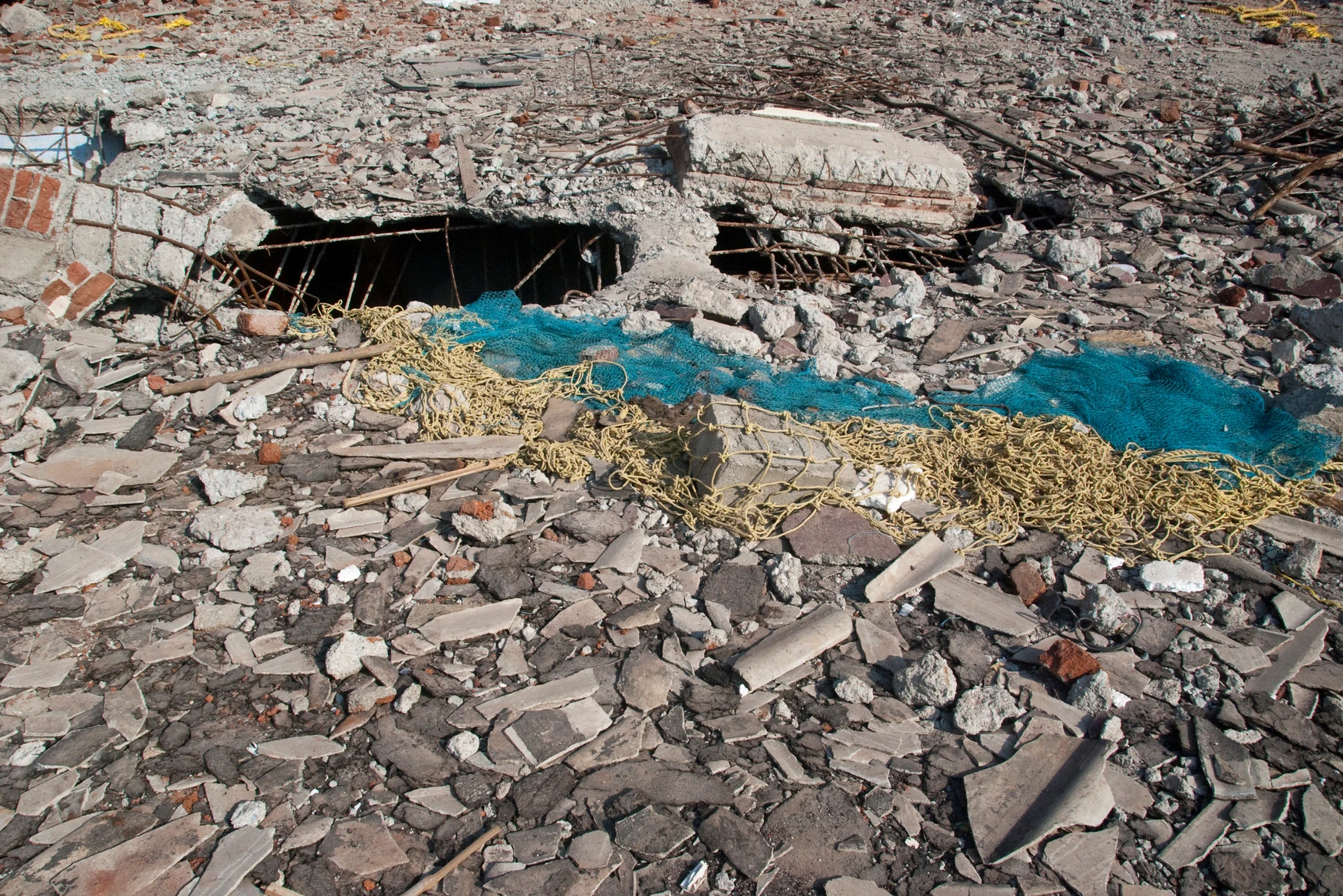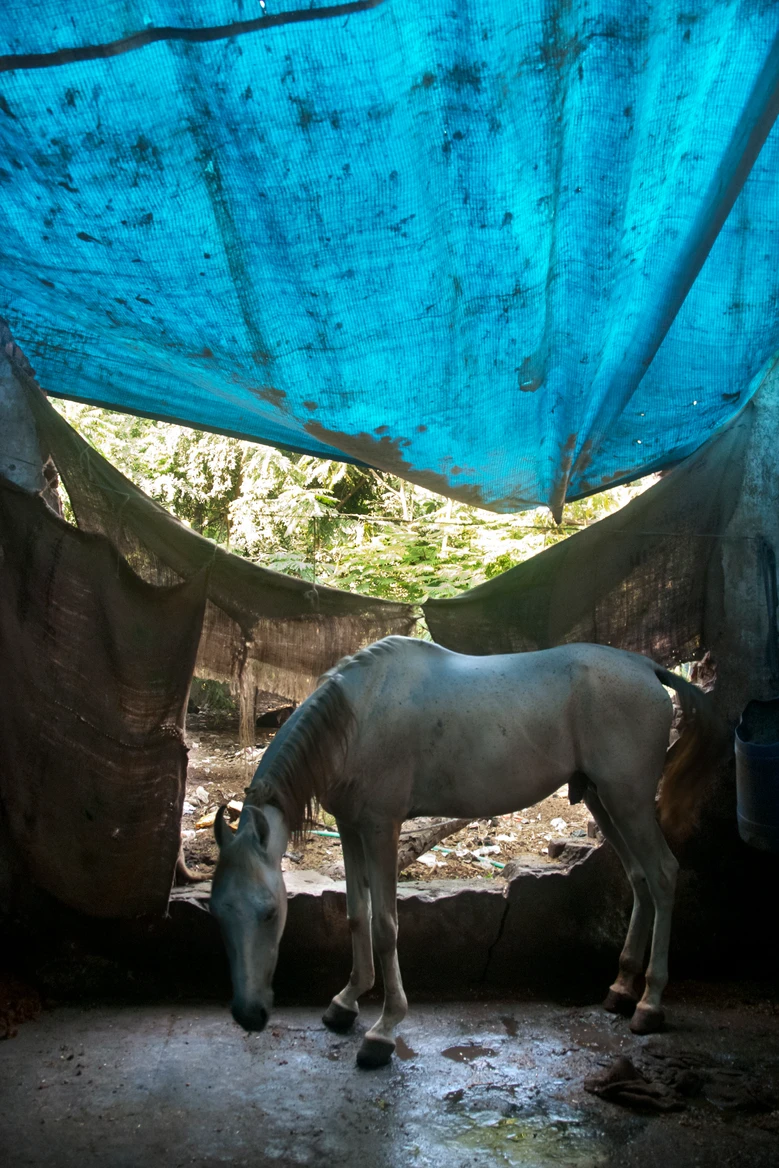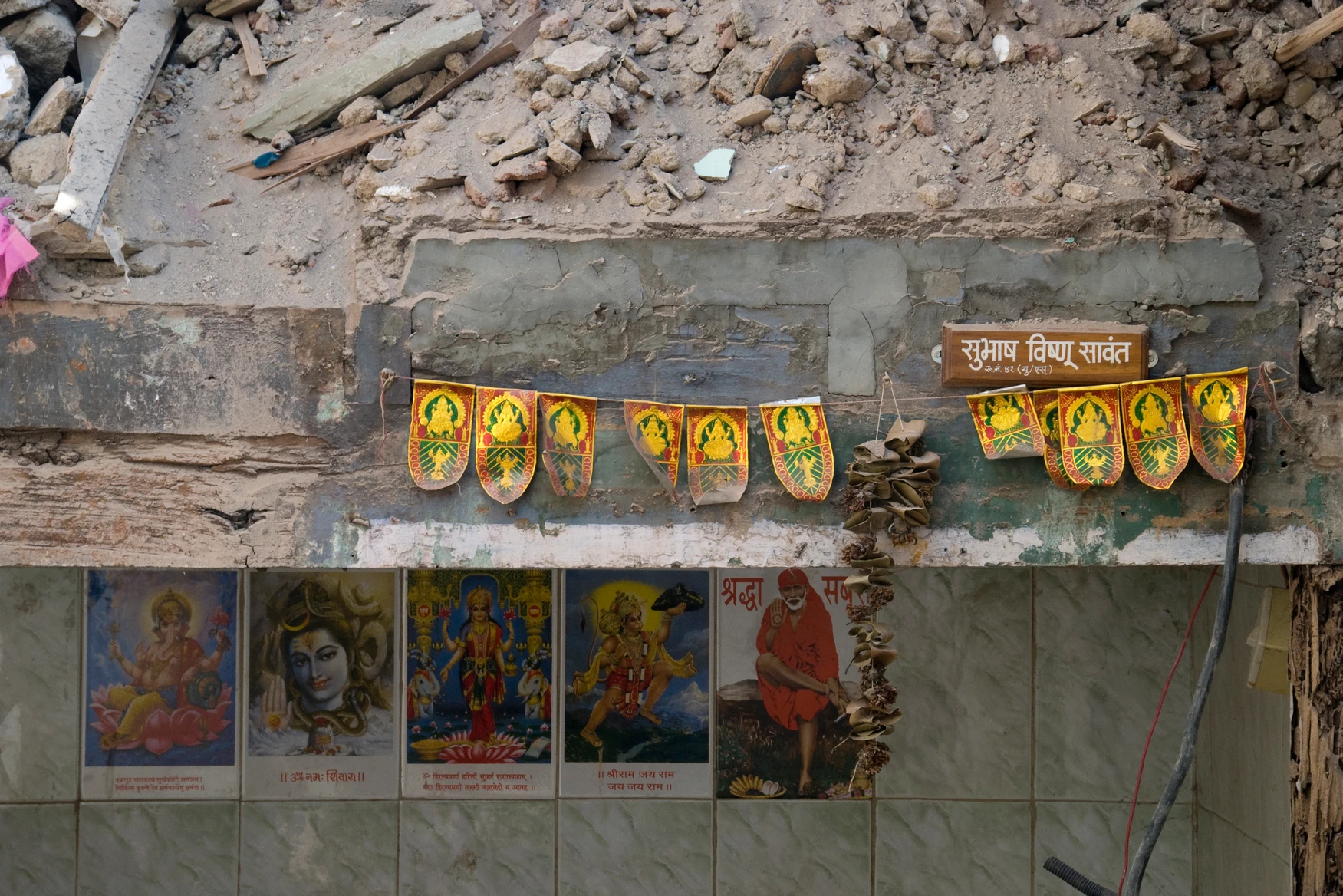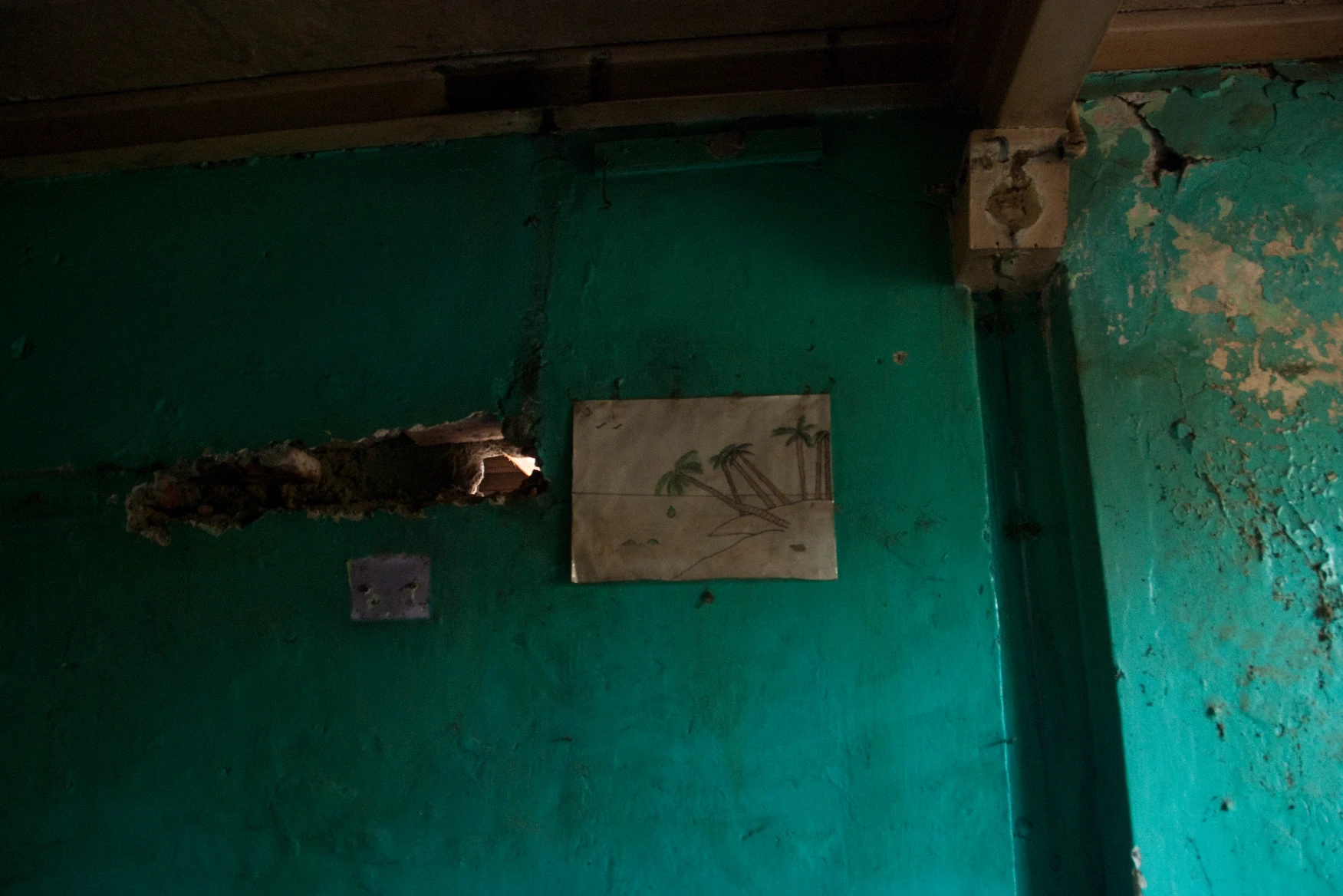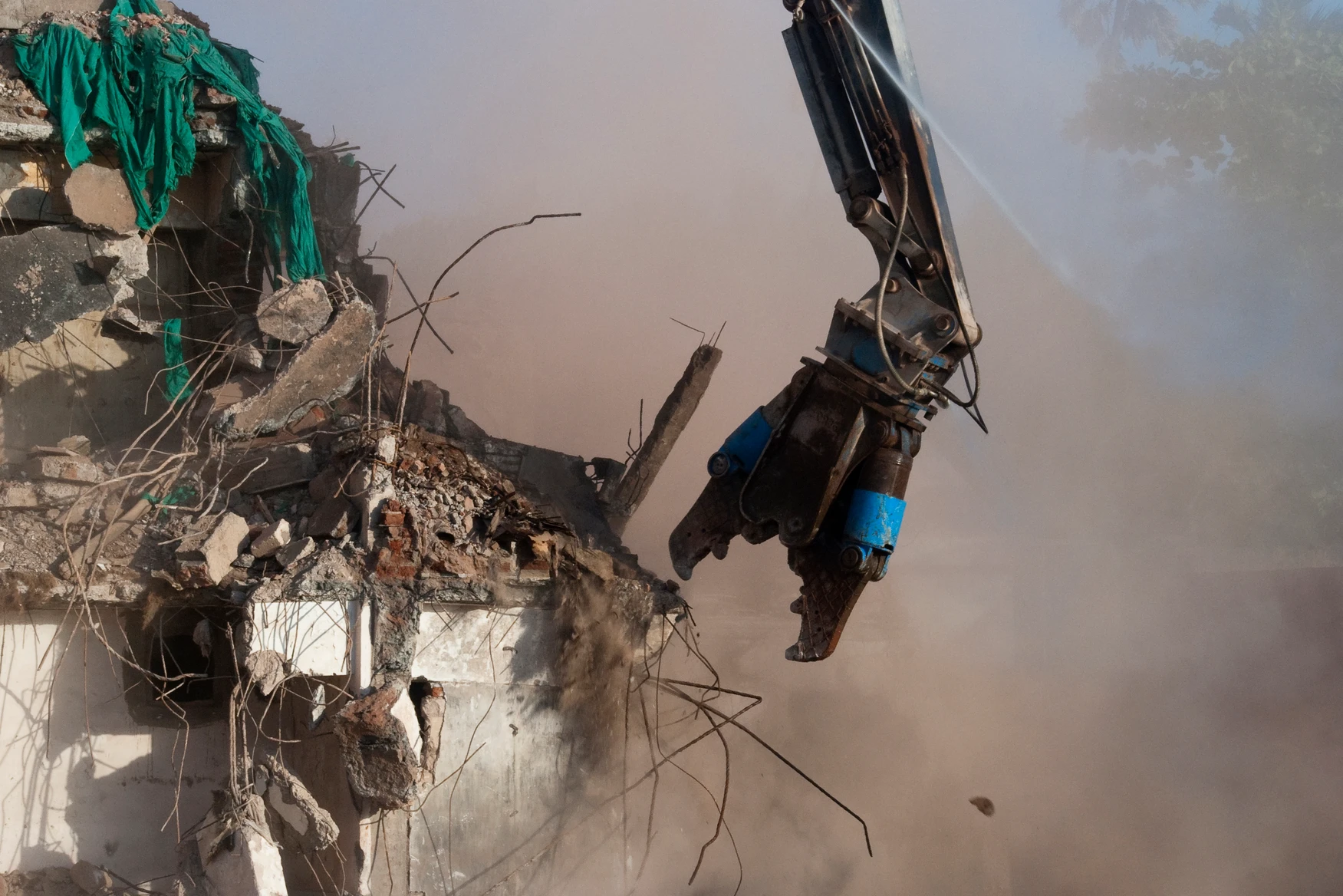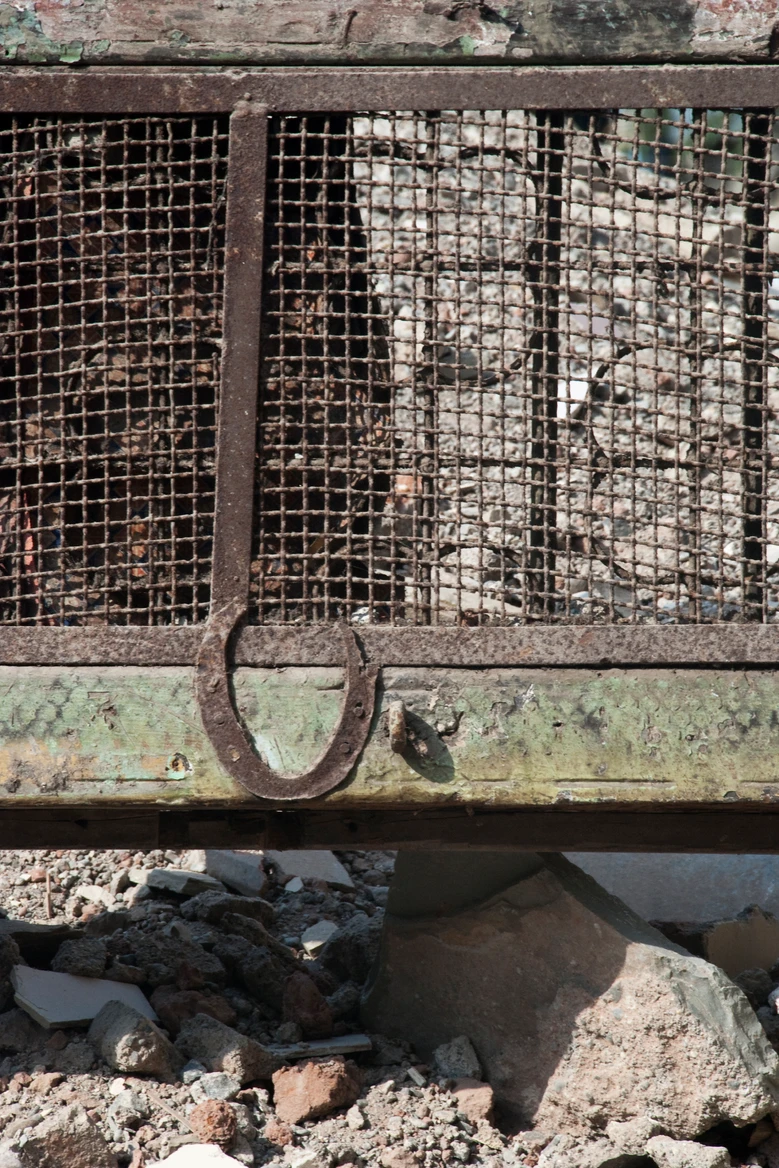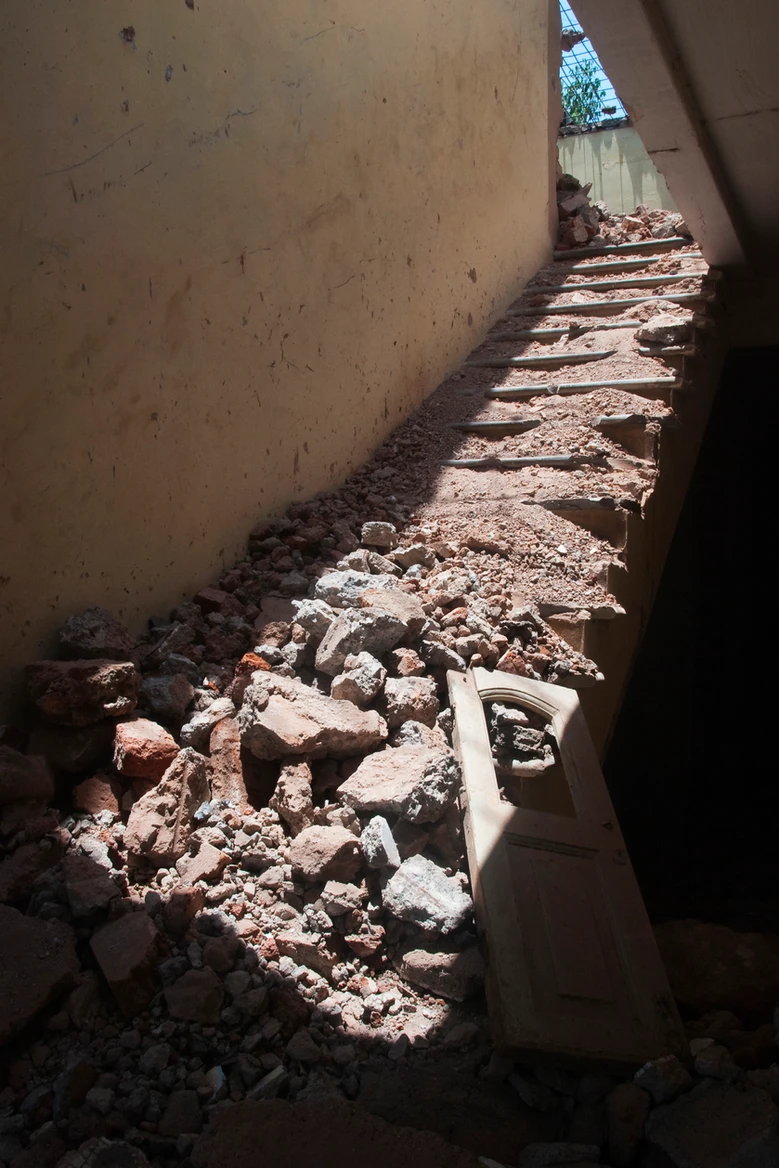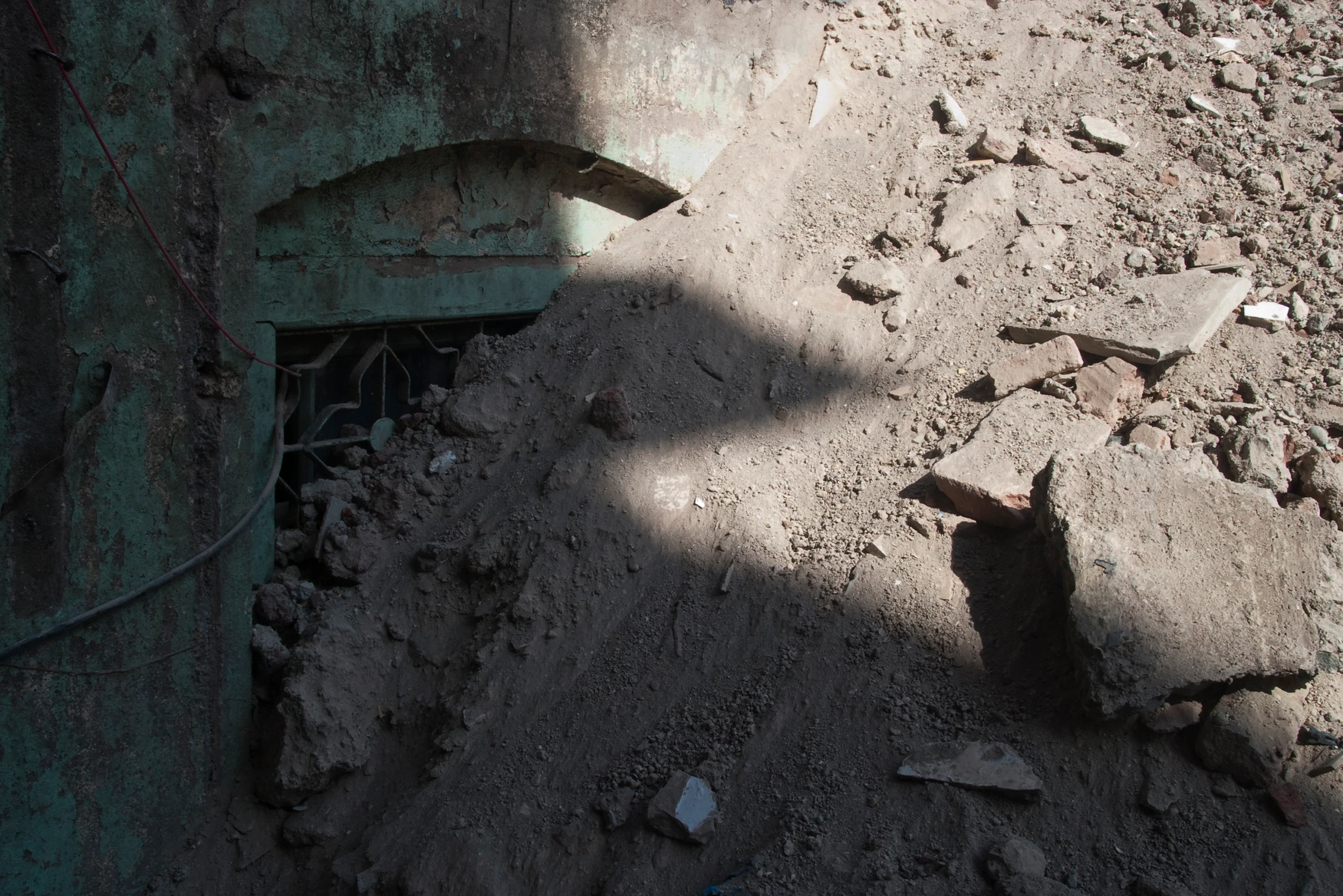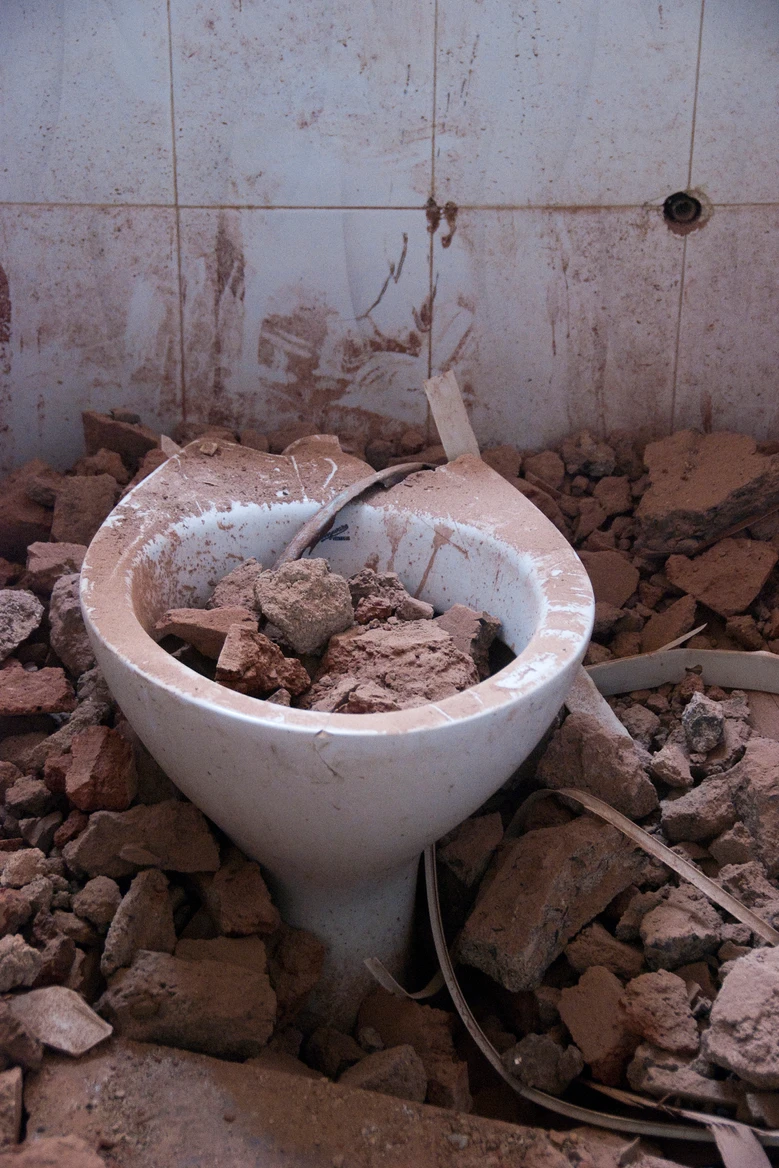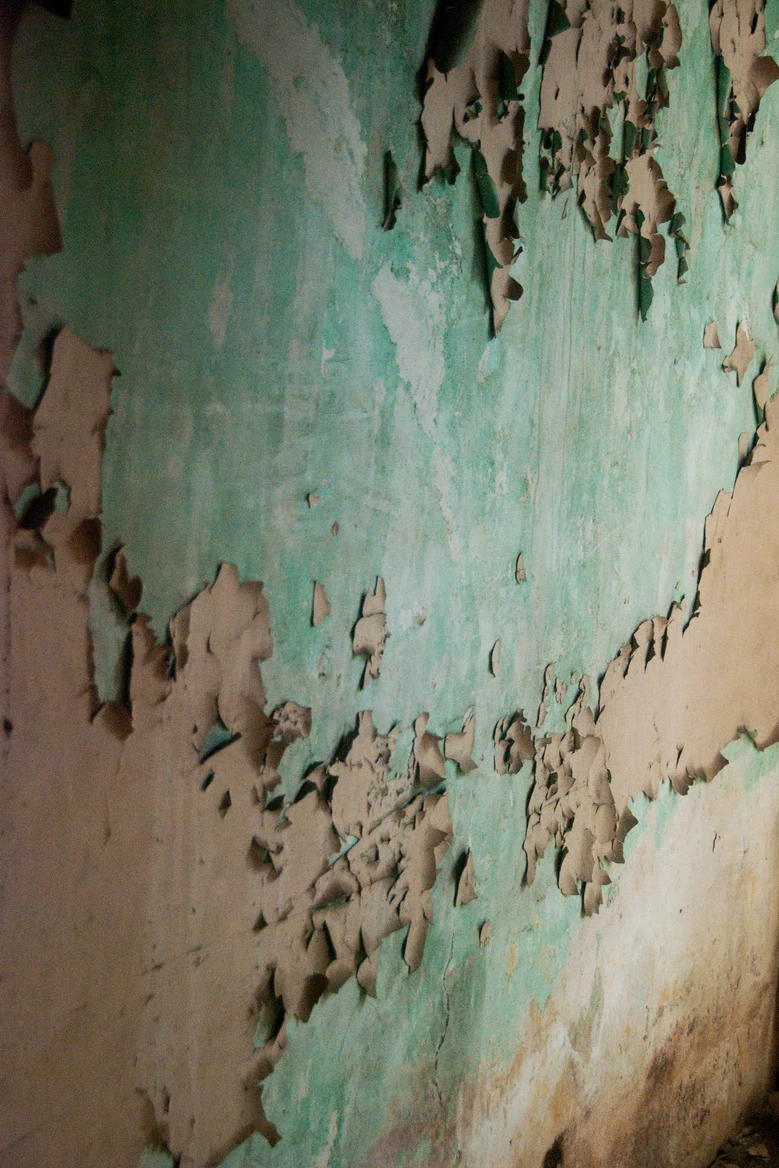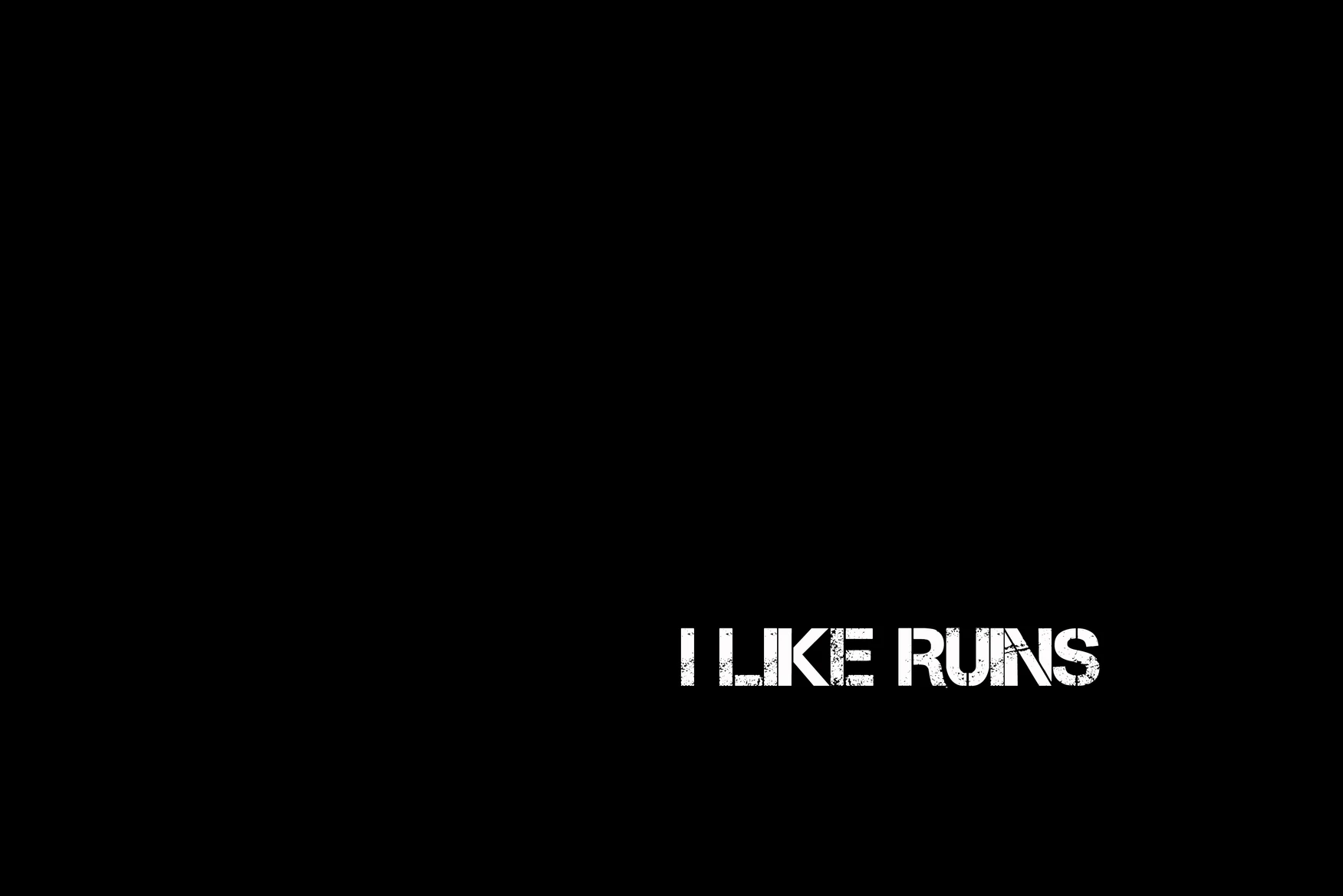liminal
- info584651
- Sep 27, 2011
- 2 min read
Updated: Mar 18
Photography Exhibition by Urban Tracers in 2011
at The Old Truman Brewery, Brick Lane, London
The Architecture of Unmaking
The environment is a complex and shifting landscape, whose nature is both material and immaterial, given that its essence includes both cultural and sociological aspects. Buildings comprise both a miniature cultural evolution and a model of prevailing social structures. As an architect I am fascinated by this ever-changing face of the city - in the topology / morphology of absence, the voids, gaps, lost spaces, terrain vague, elegiac sites which are intensely felt. The work extends my investigations of architecture, space, and urban environments through the interstitial space and time during the process1 of demolition2. The transition space is a potential zone and at the same time vulnerable, in both space and time. ‘It is the locus for social, cultural, and natural transformations; of futurity, movement and speed; of growth, development and becoming’.3 This inbetweenness of becoming is the aesthetic moment – the collapse of subject object and time space place in the architecture of unmaking.
The visual research tries to build a relationship between art practice and architectural and urban theory in working with the poetics of decay, detritus and residue - the physical and social entropy of the city. The act of demolition creates spatial conditions that radically alter the perception of the building and its surrounding environment, creating a sense of physical, visual and social instability resulting in the shift of everyday experience into extraordinary visual and kinetic confrontations. Trying to move beyond a mere documentation, the photographs are not meant to be read literally but suggest a number of issues. It is about reading the textures in the remnant medians as the structural and social force that holds disparate elements together; suggesting a certain archaeological quality to the work, where one can view the layers of materiality as historical strata of excavations. It gives insight into how places hold and conceal and the moment of destruction reveals a greater history of complex socio-cultural, psychological and physically embodied meanings. The work is also a comment on the violence in the act of building and larger issues of displacement. The work speculates the notion of land, property, ownership, social use and exchange; and speaks of issues of civic renewal. The work sought begins with the archival, with historical, political, and social dimensions.
1 Process is not in itself associated with time more than space. Process is not the fourth dimension, but a fifth. – Bruno Latour; May, J. and Thrift, N. J. (2001) Timespace : geographies of temporality; p 28.
2 Demolition is the un-thought in architecture. This phase of the building process is often left to contractors whose role is merely to clean up. Demolition is an active force of life in the city, a socially and symbolically significant mask of power. The sudden and violent destructions leave gaps in the urban fabric. Demolition becomes significant for power because it sustains it, and significant for the social space because demolition in the name of urban renewal has come to stand for the loss of actual communities.
3 Grosz, Elizabeth - Architecture from the outside – essays on virtual and real space;































